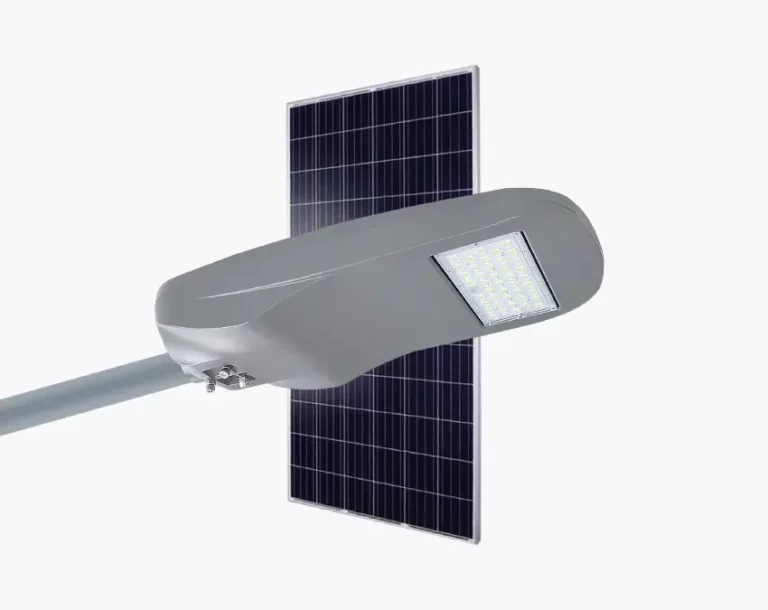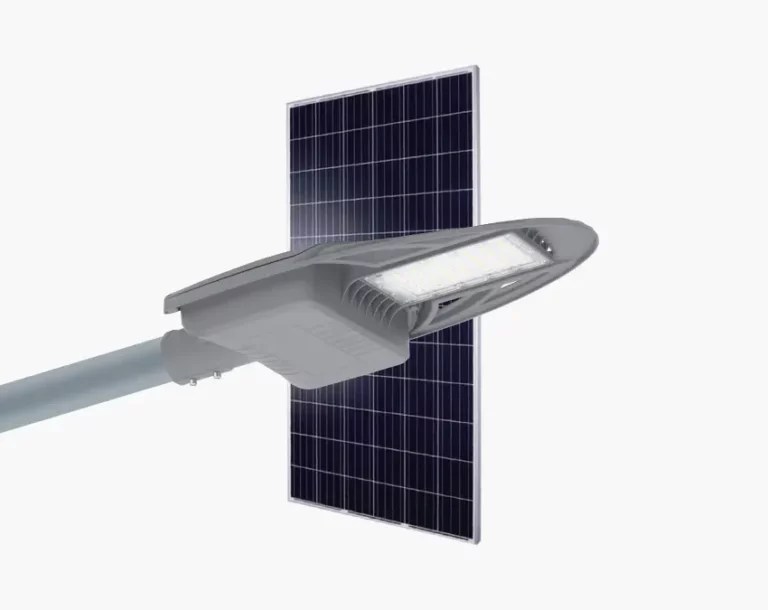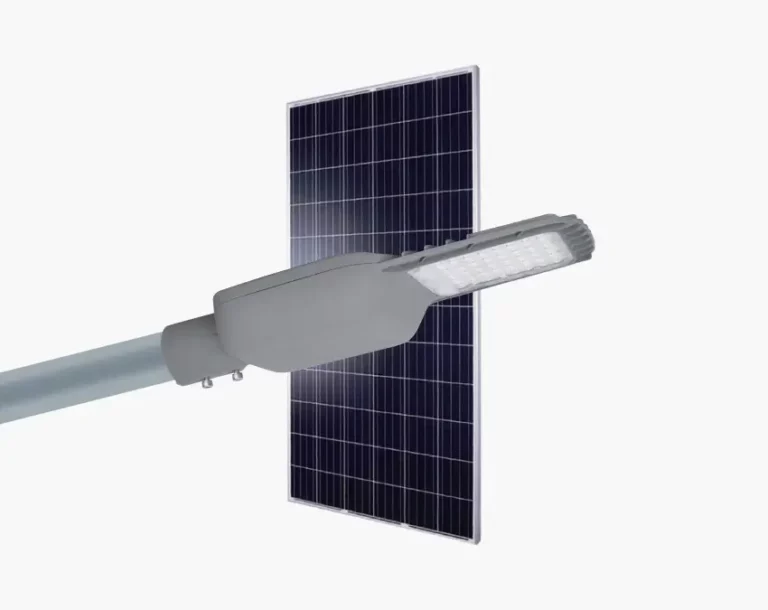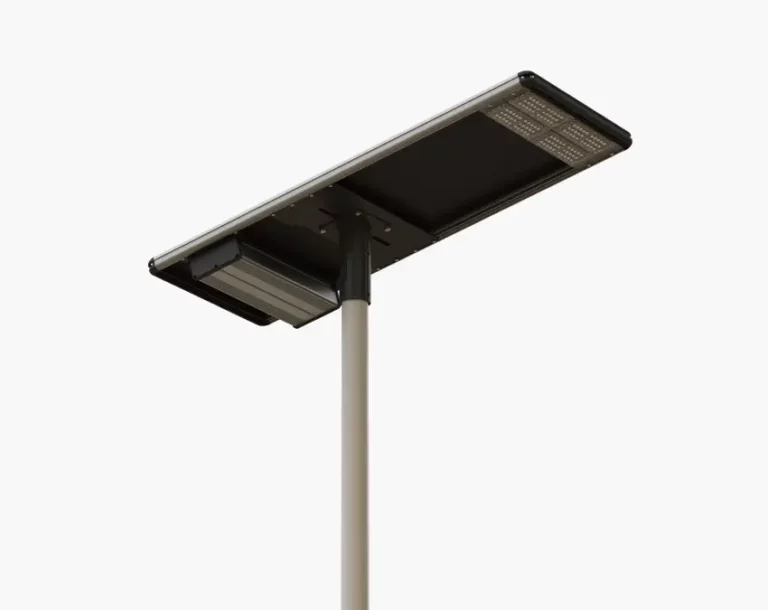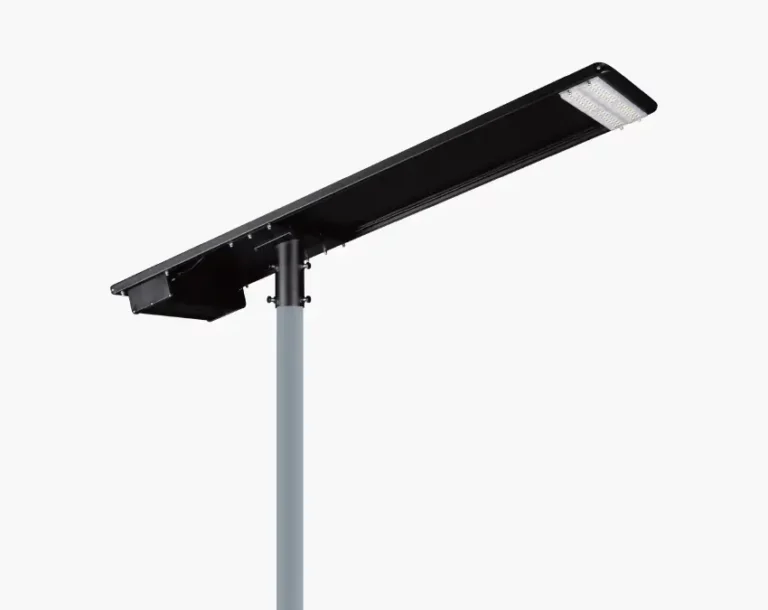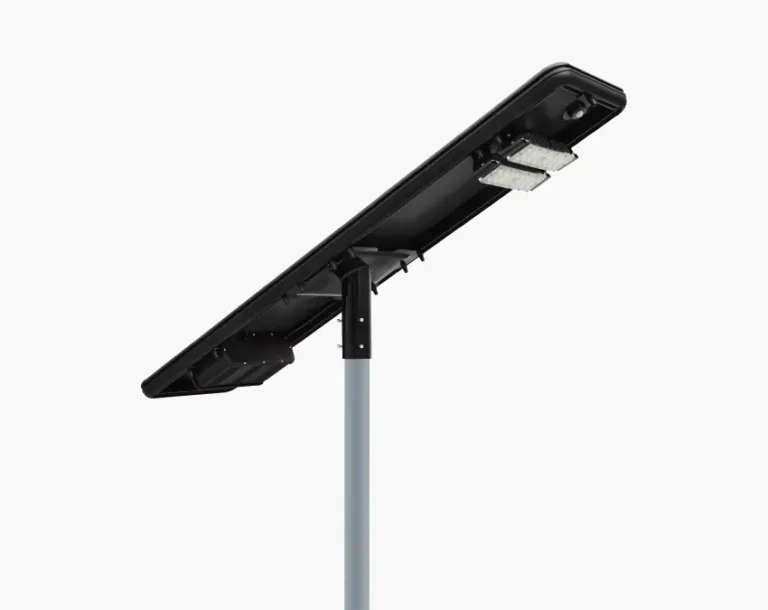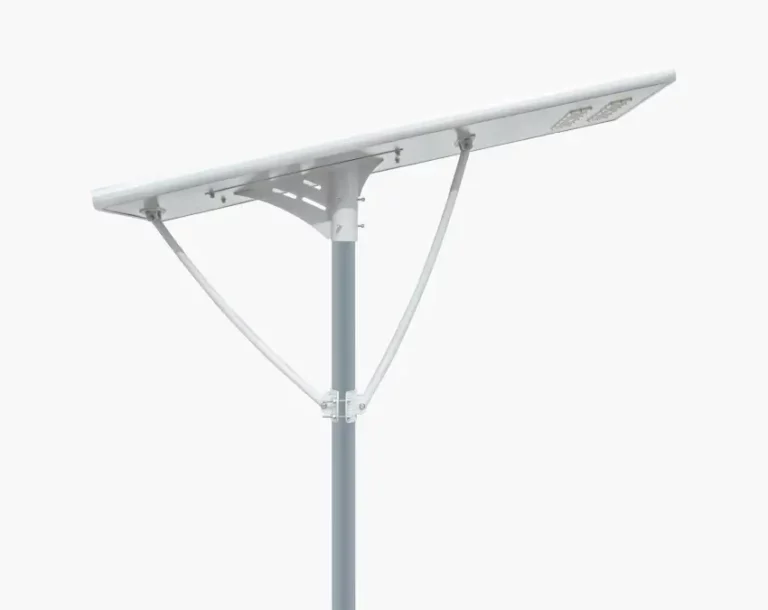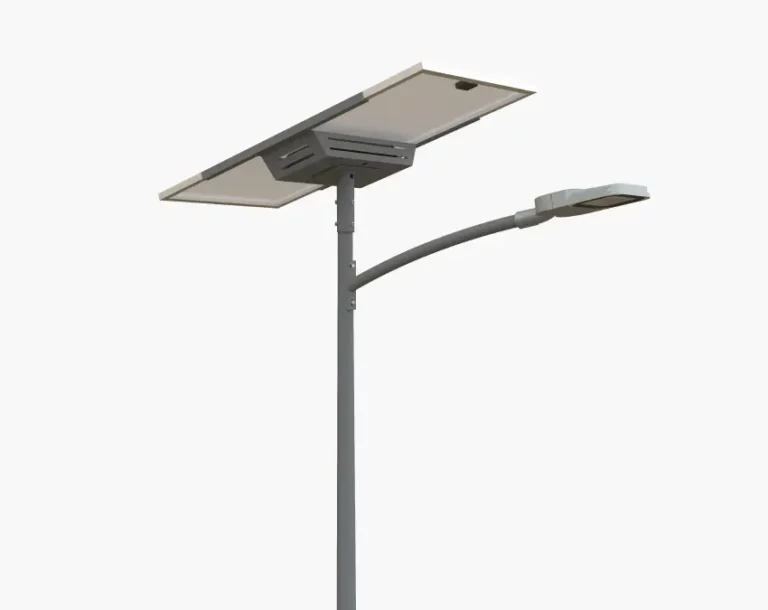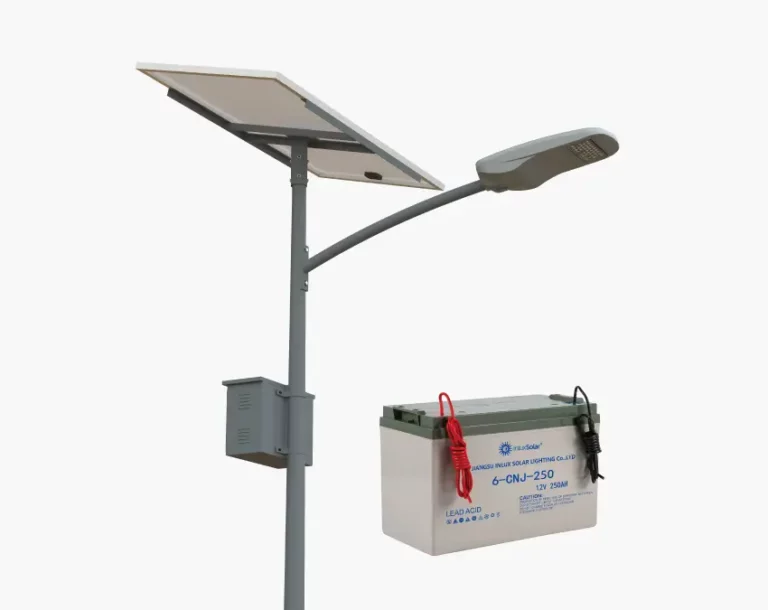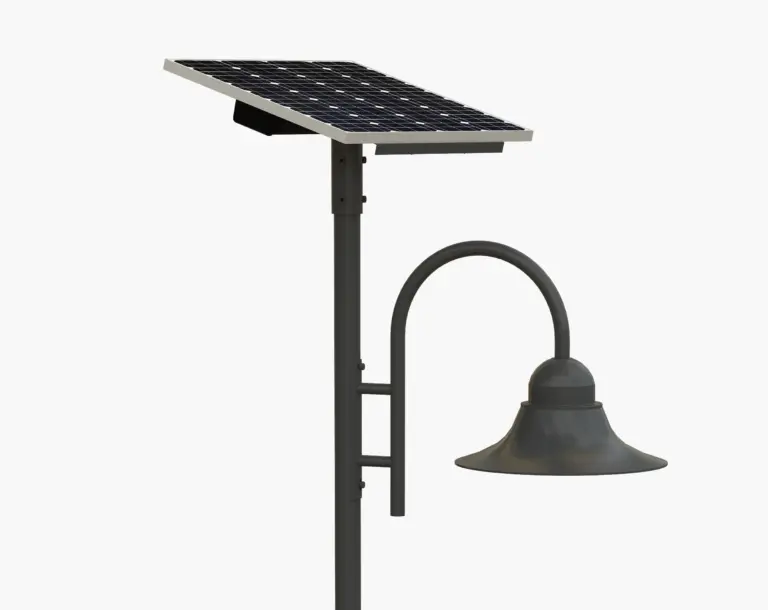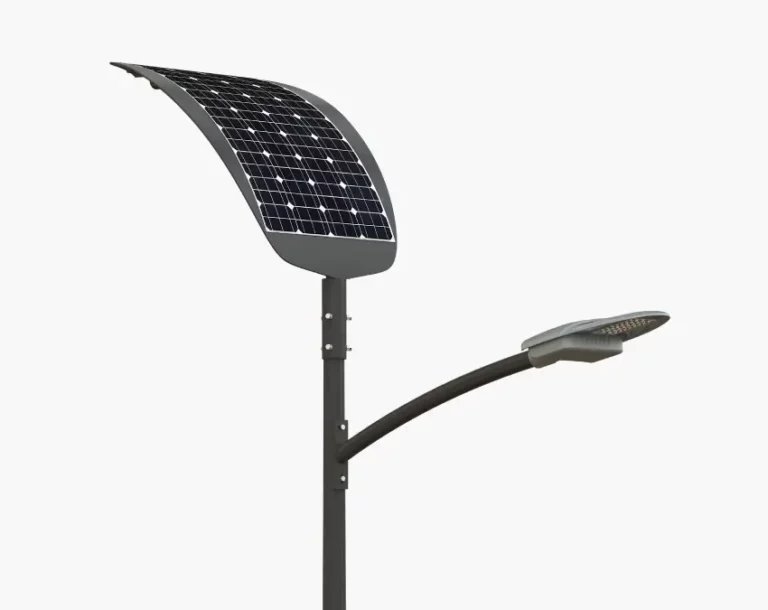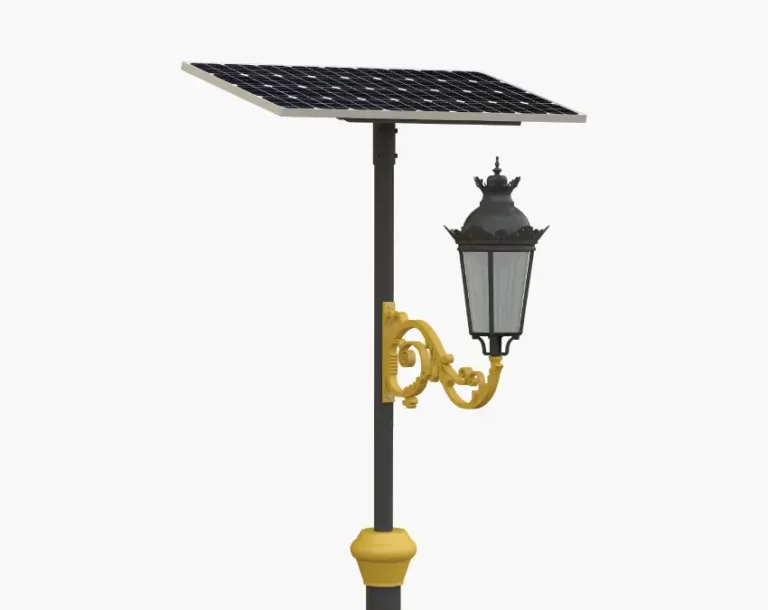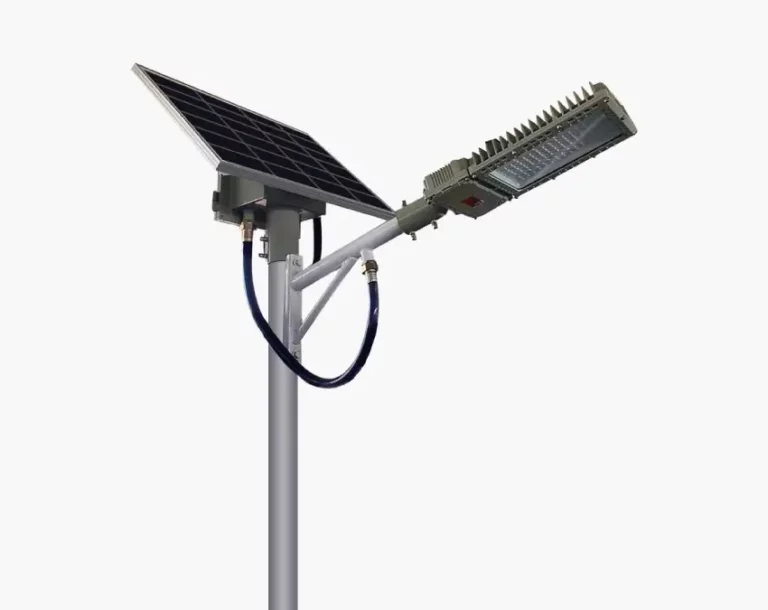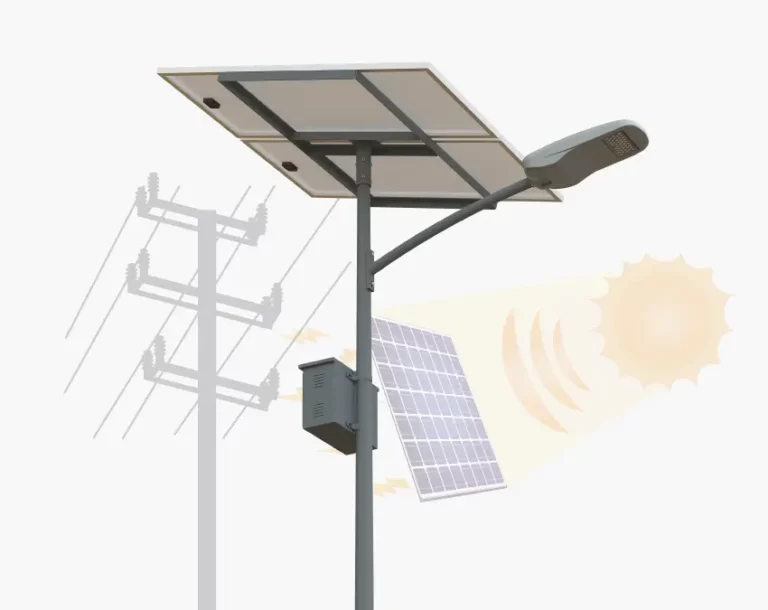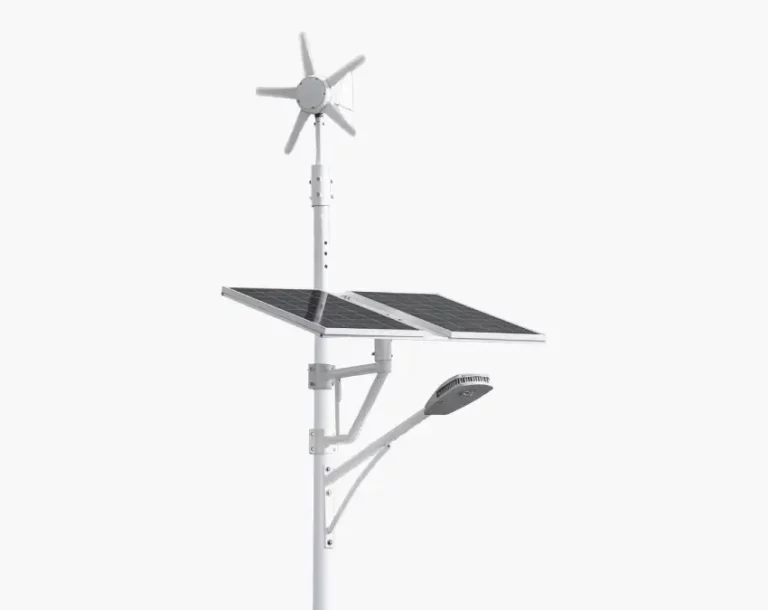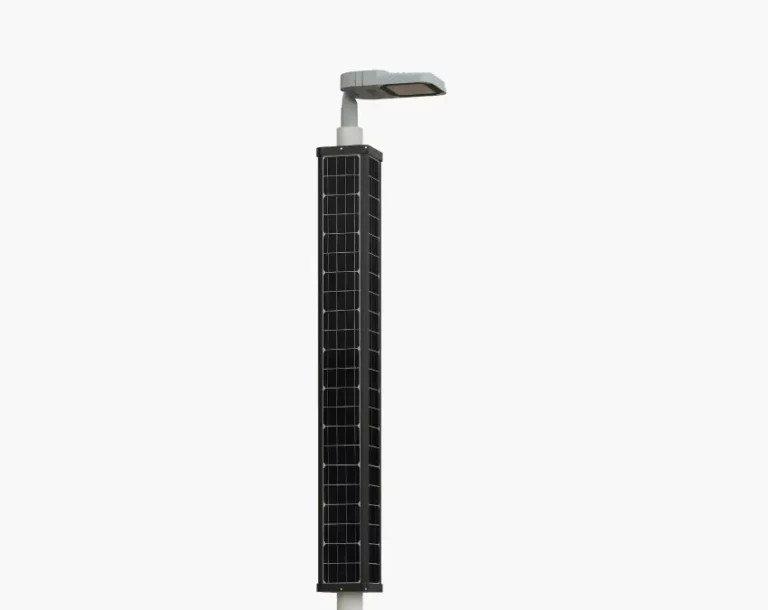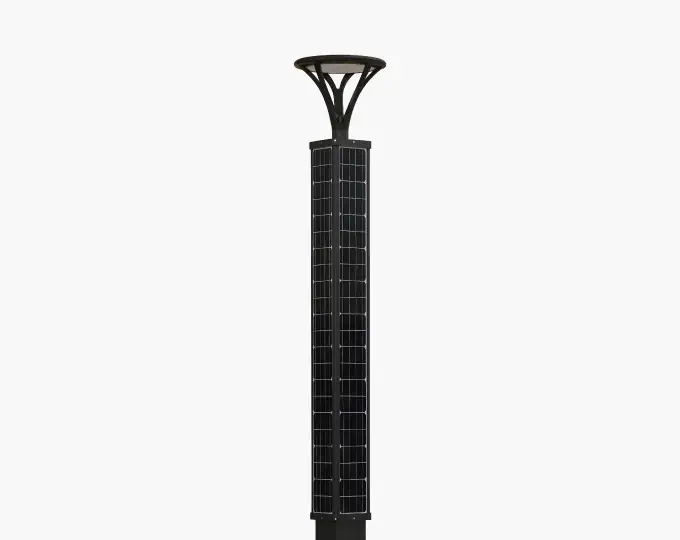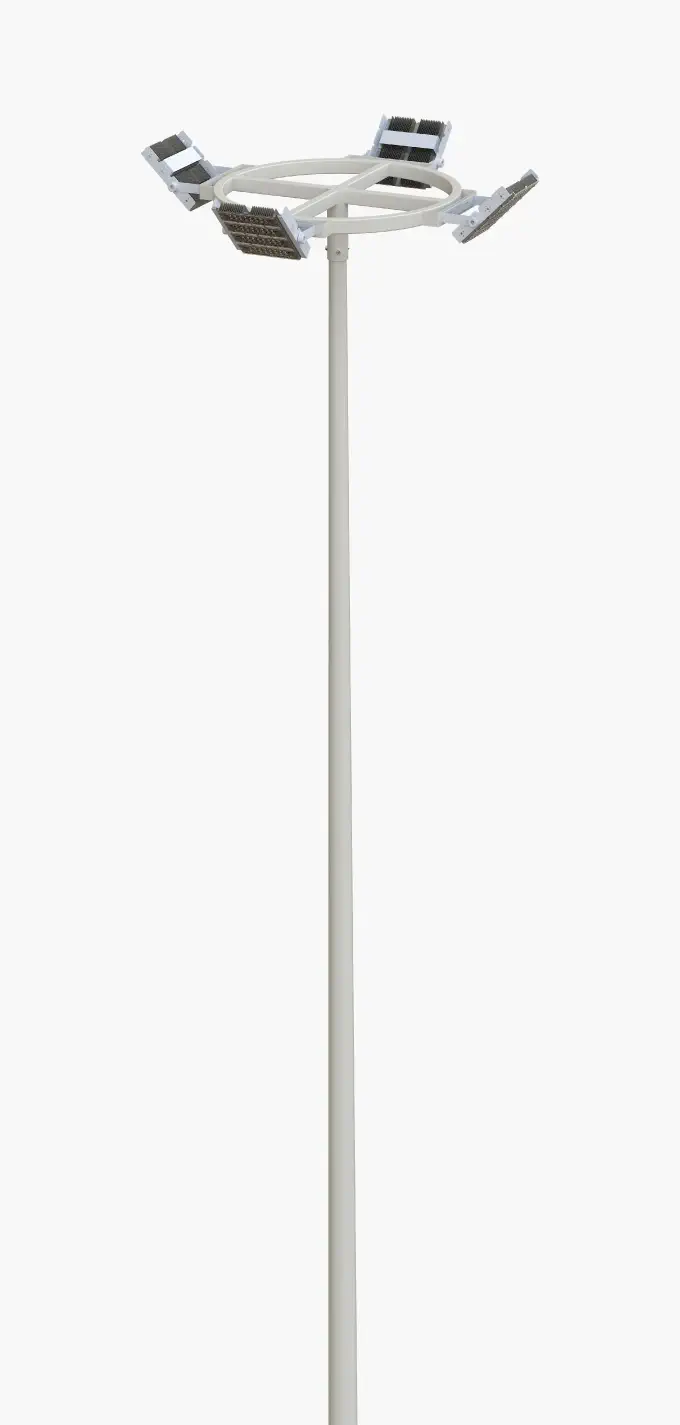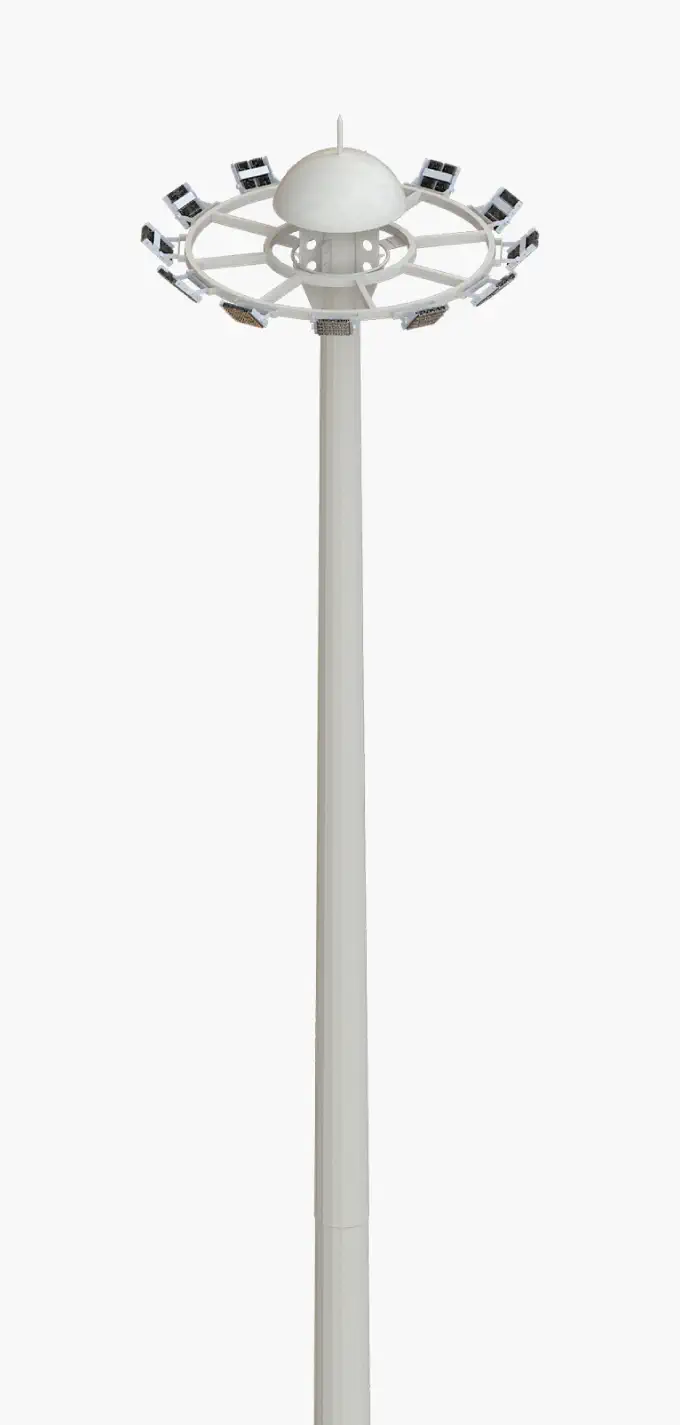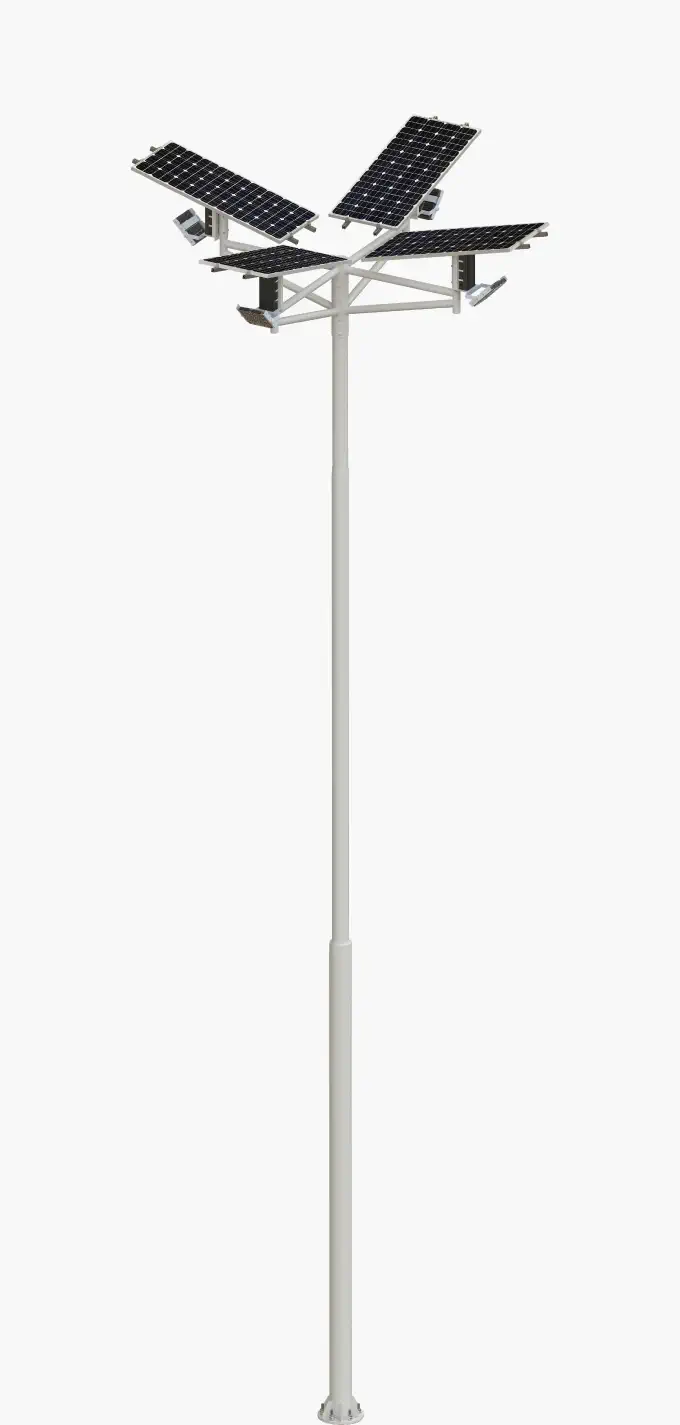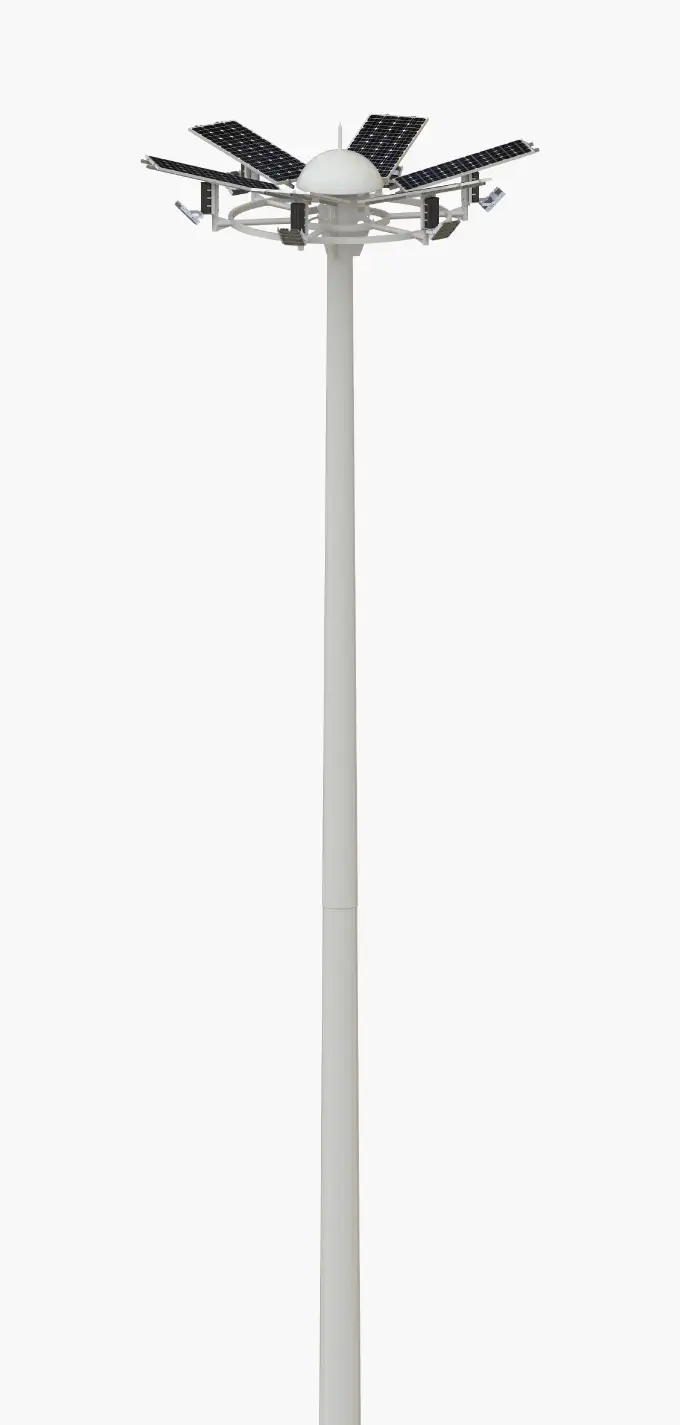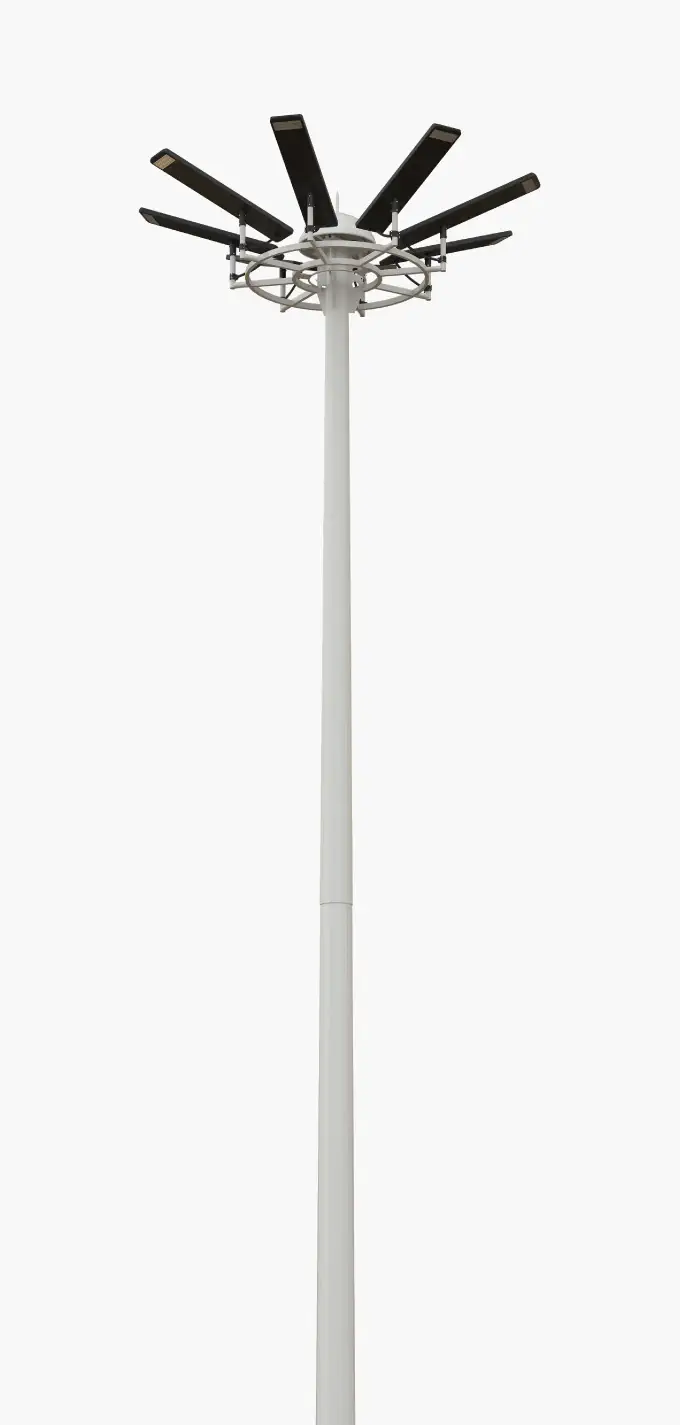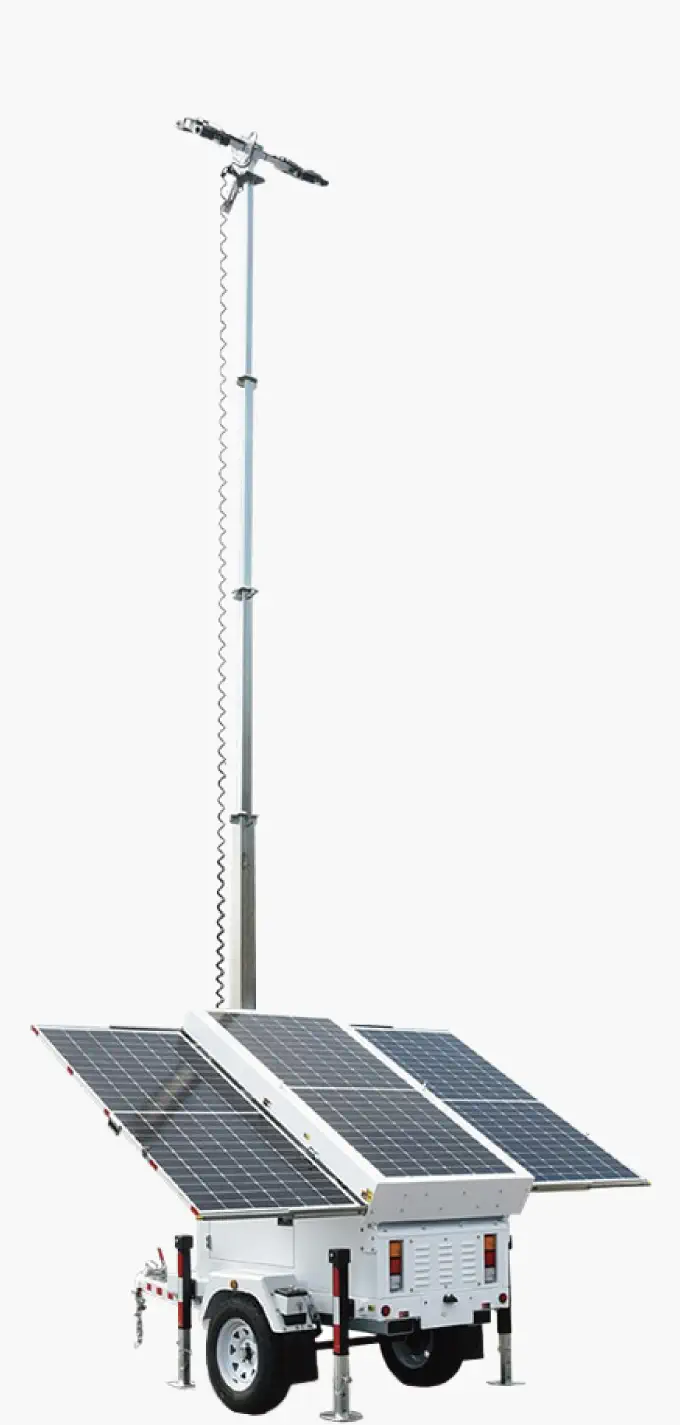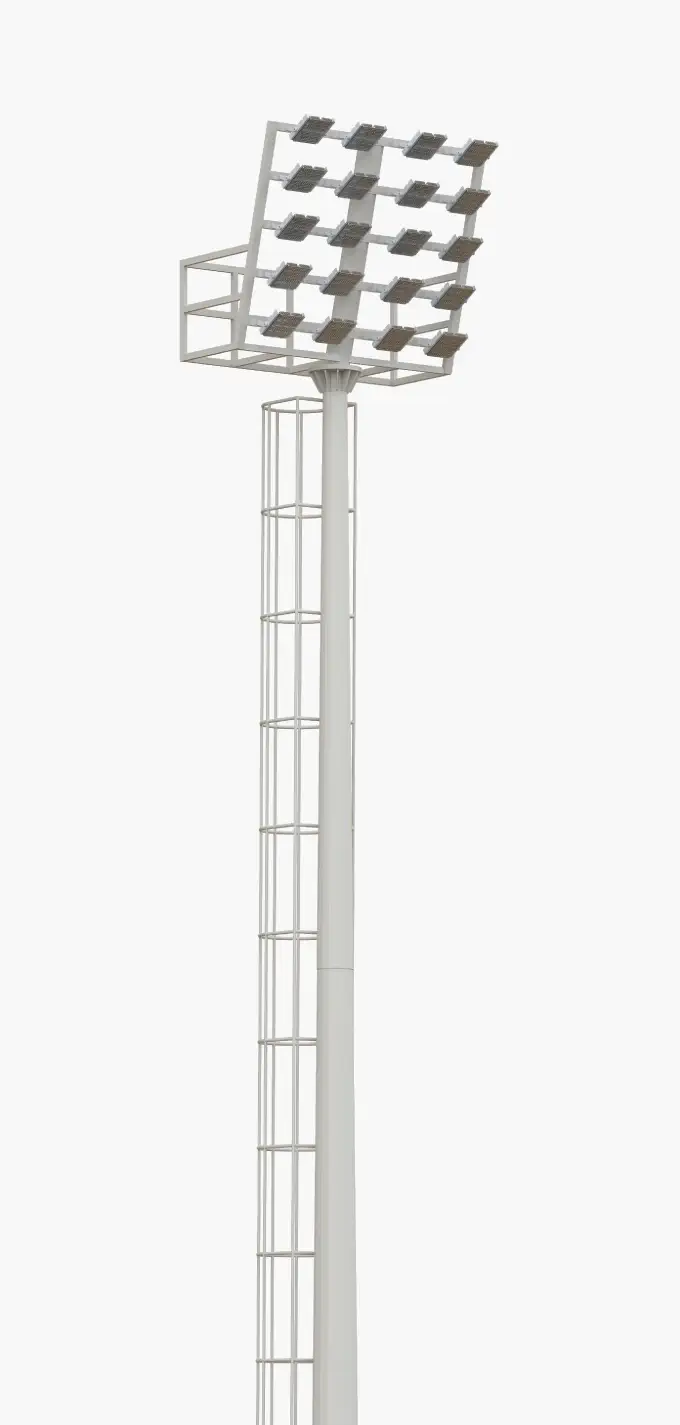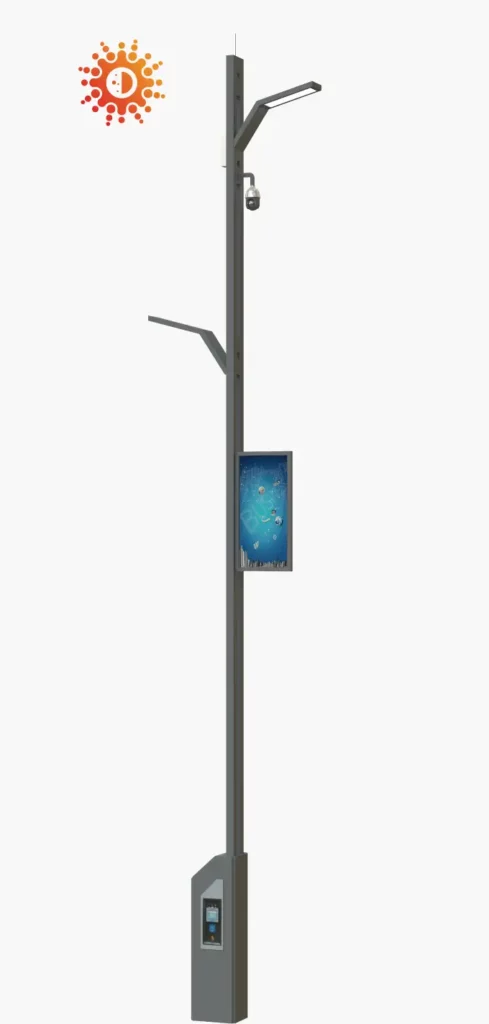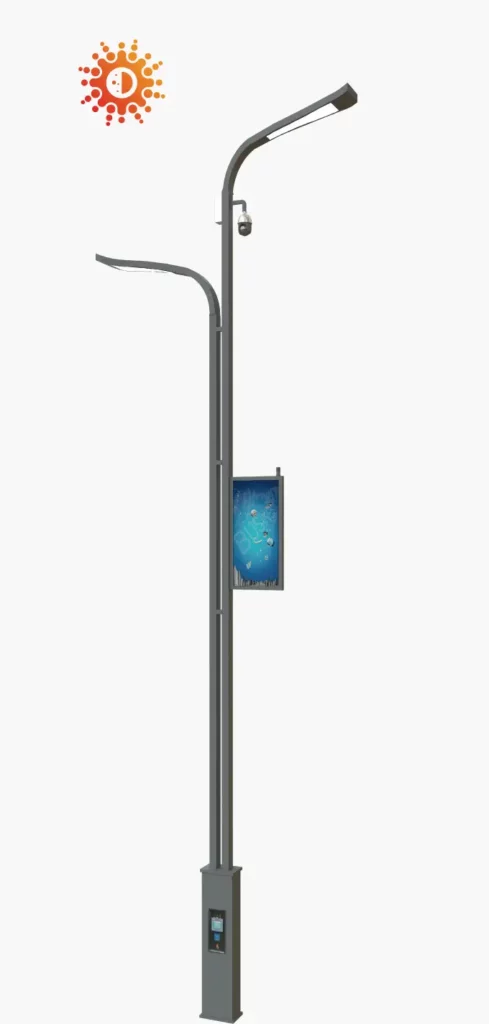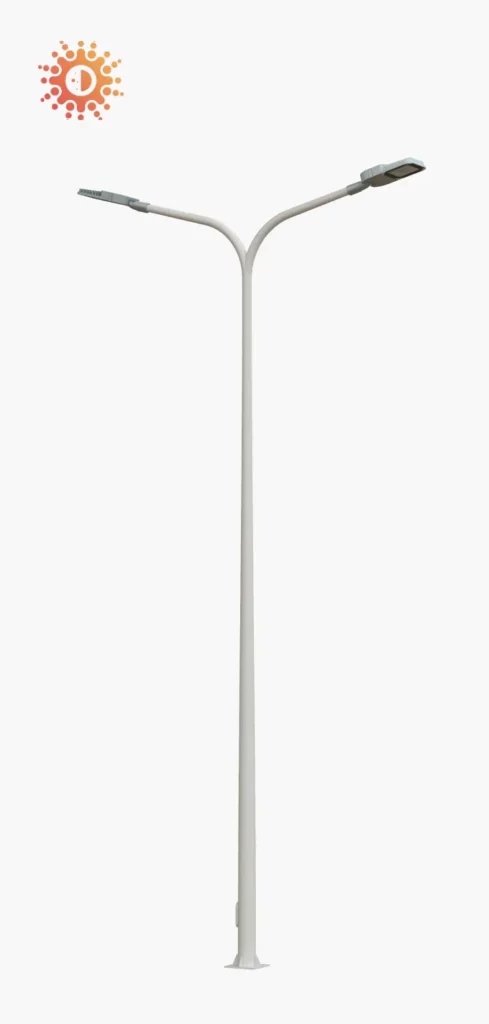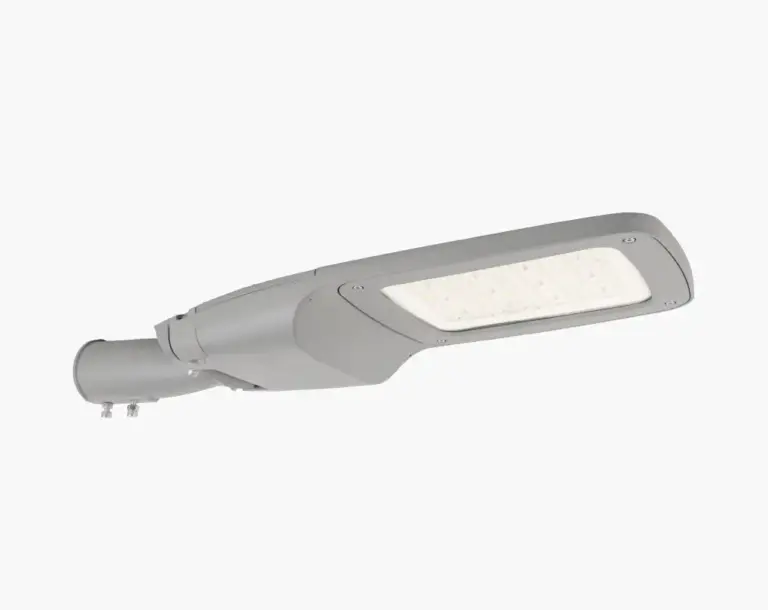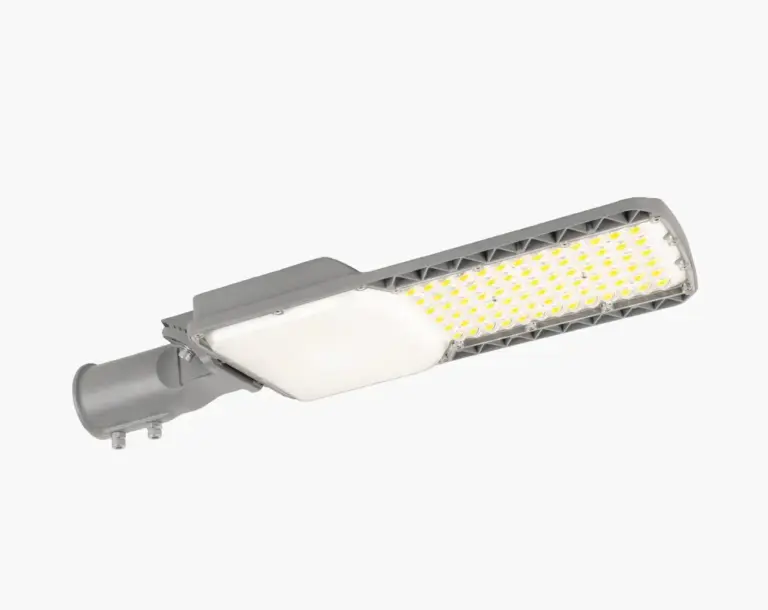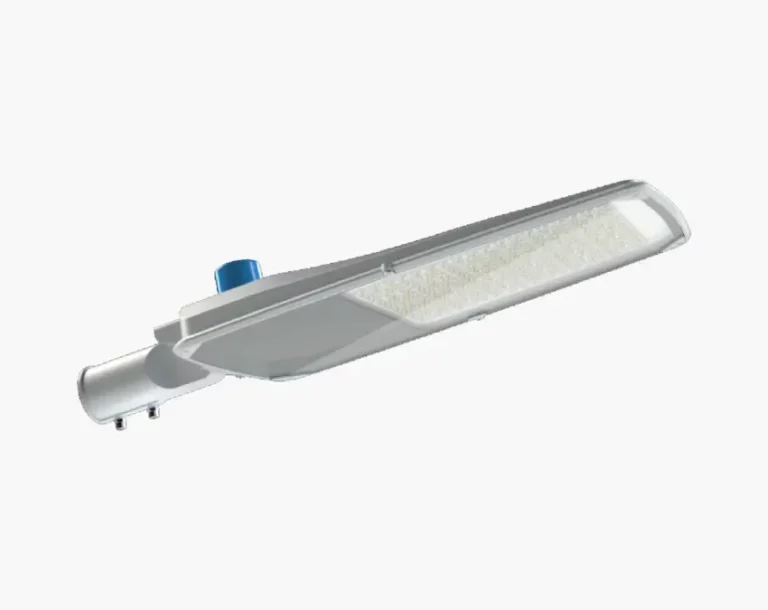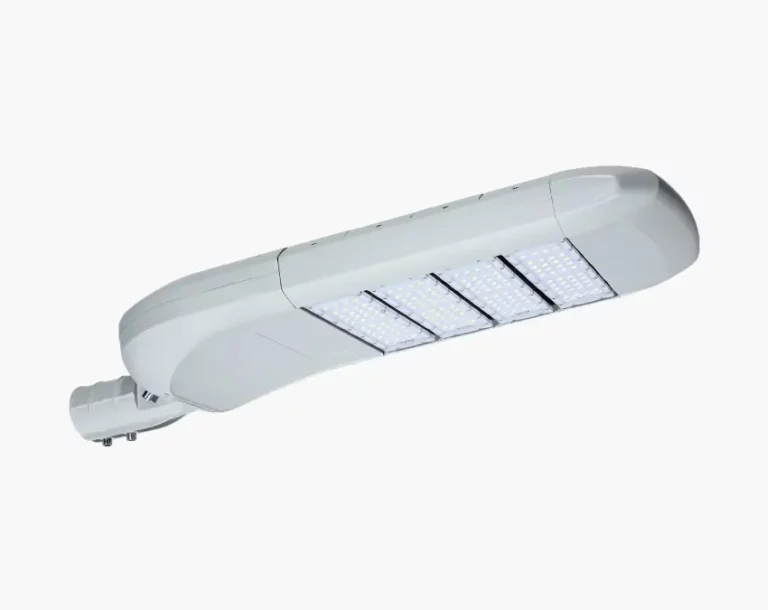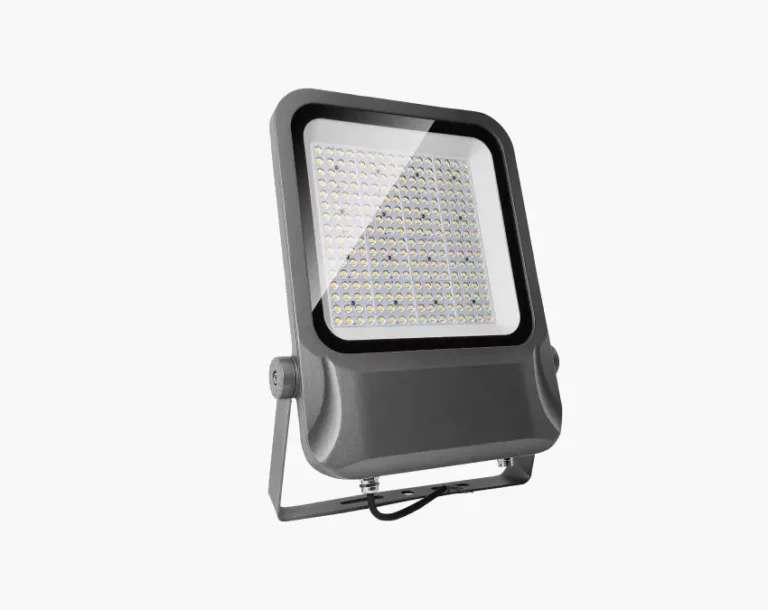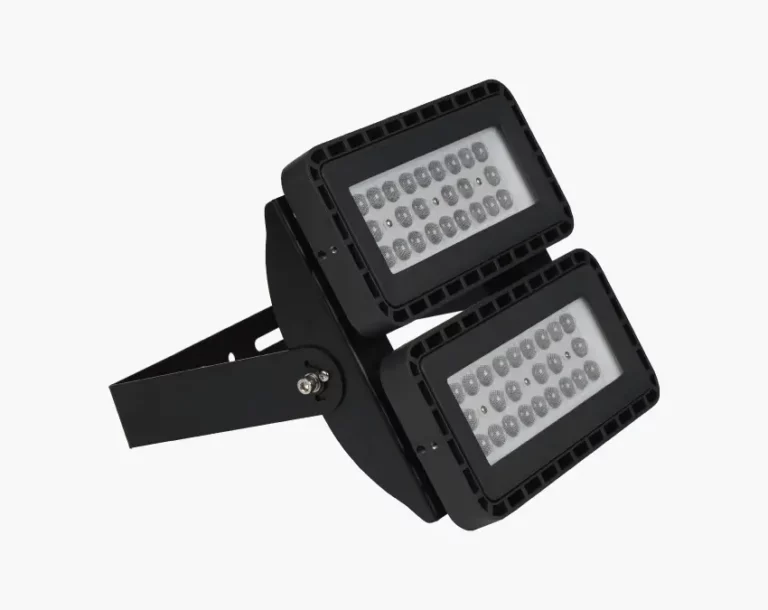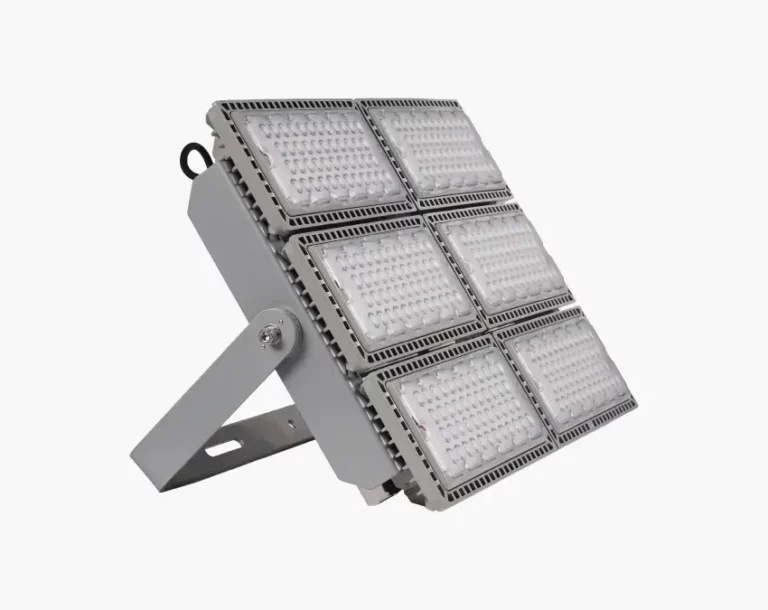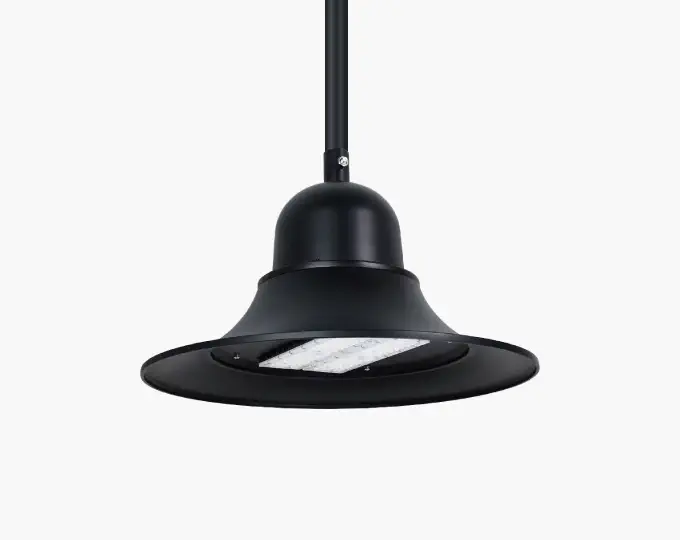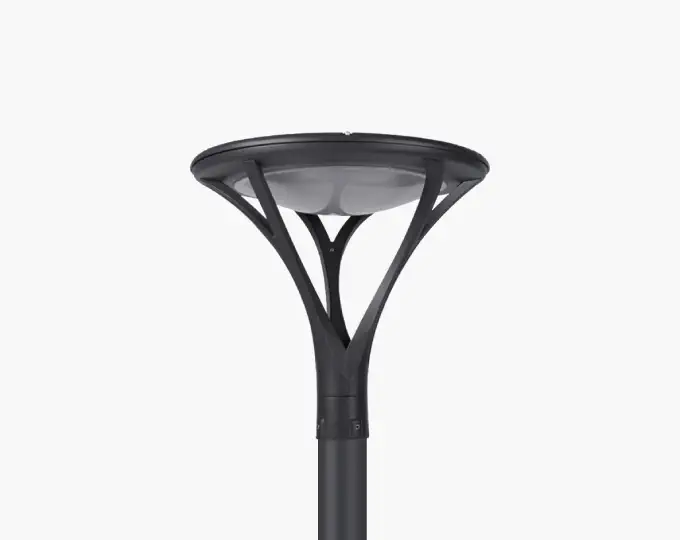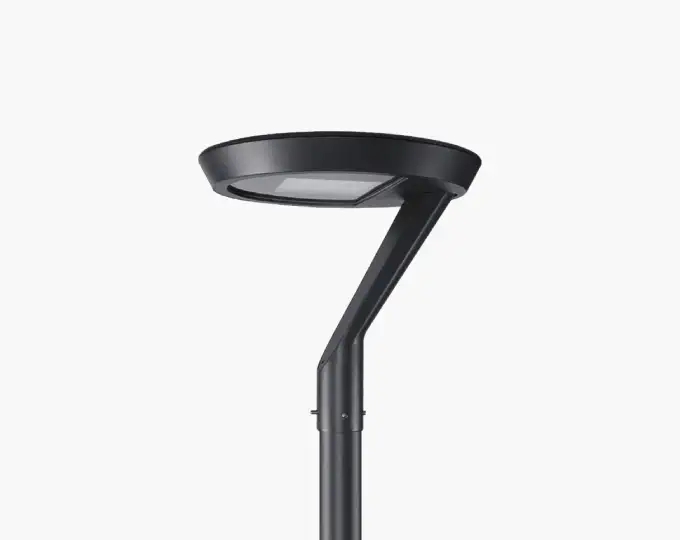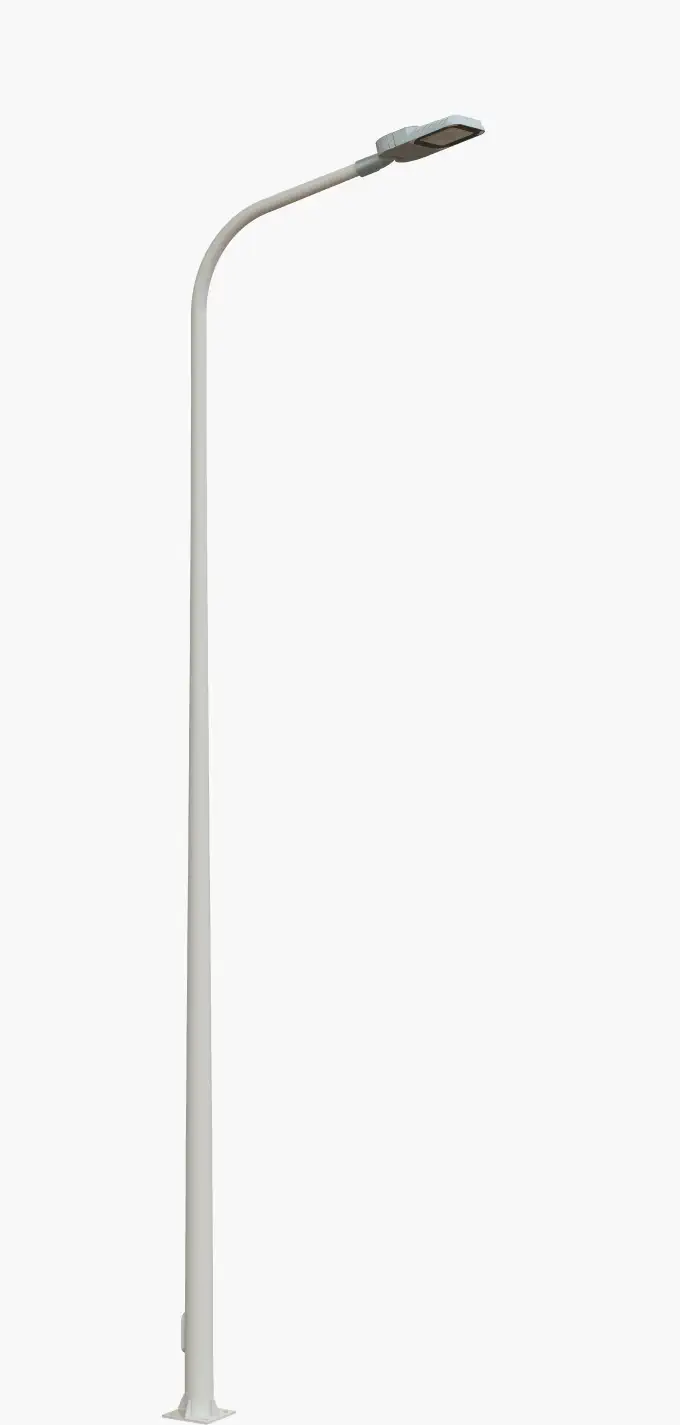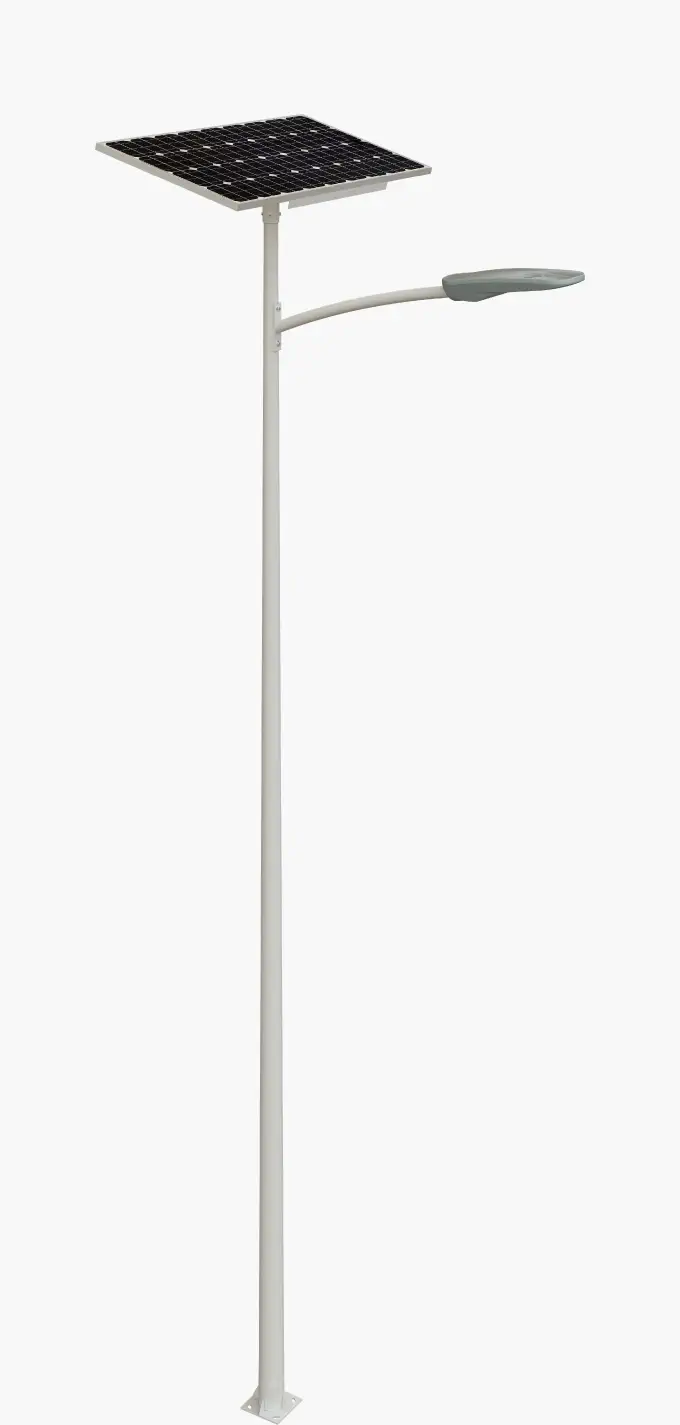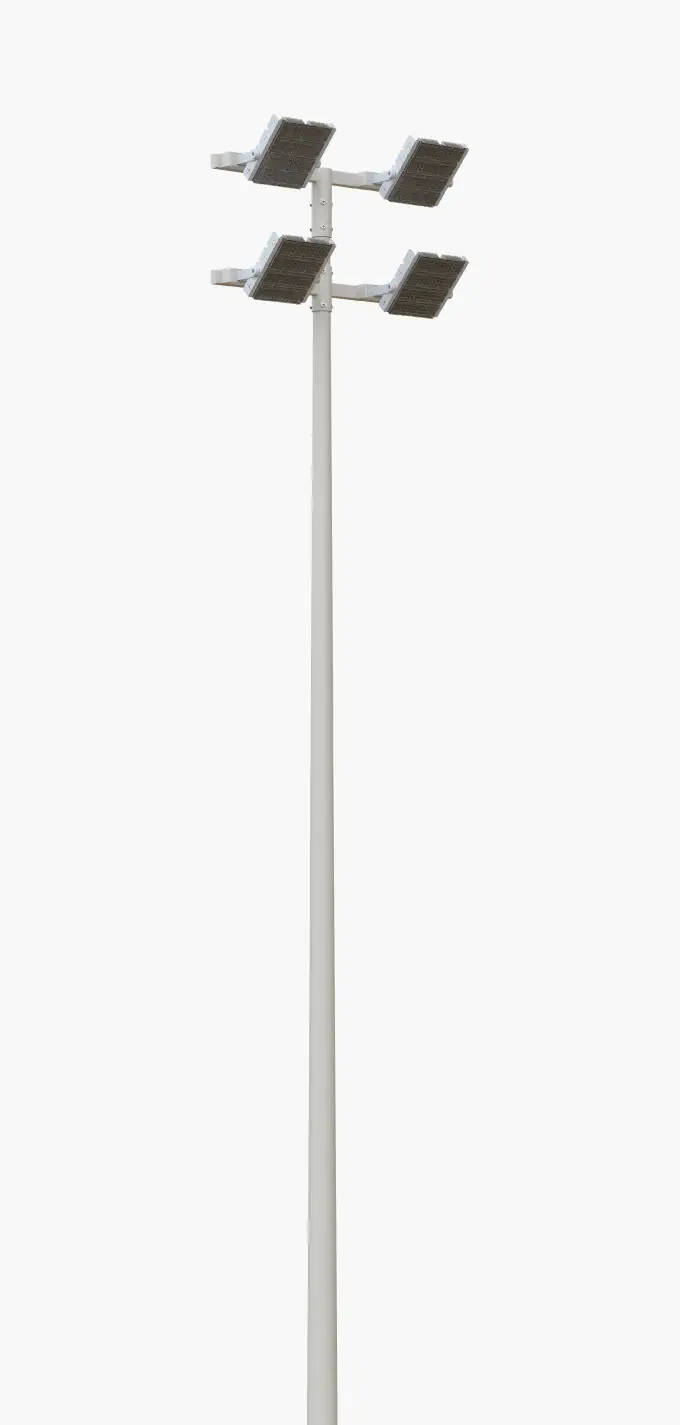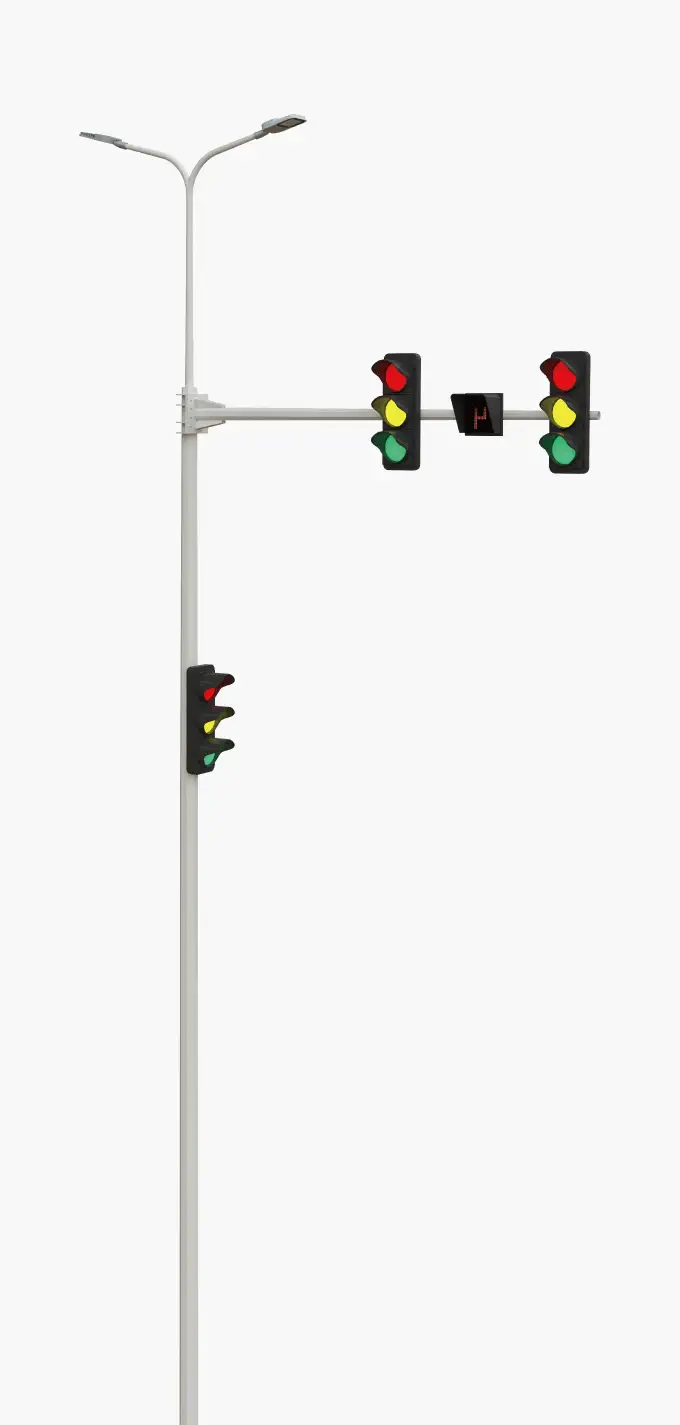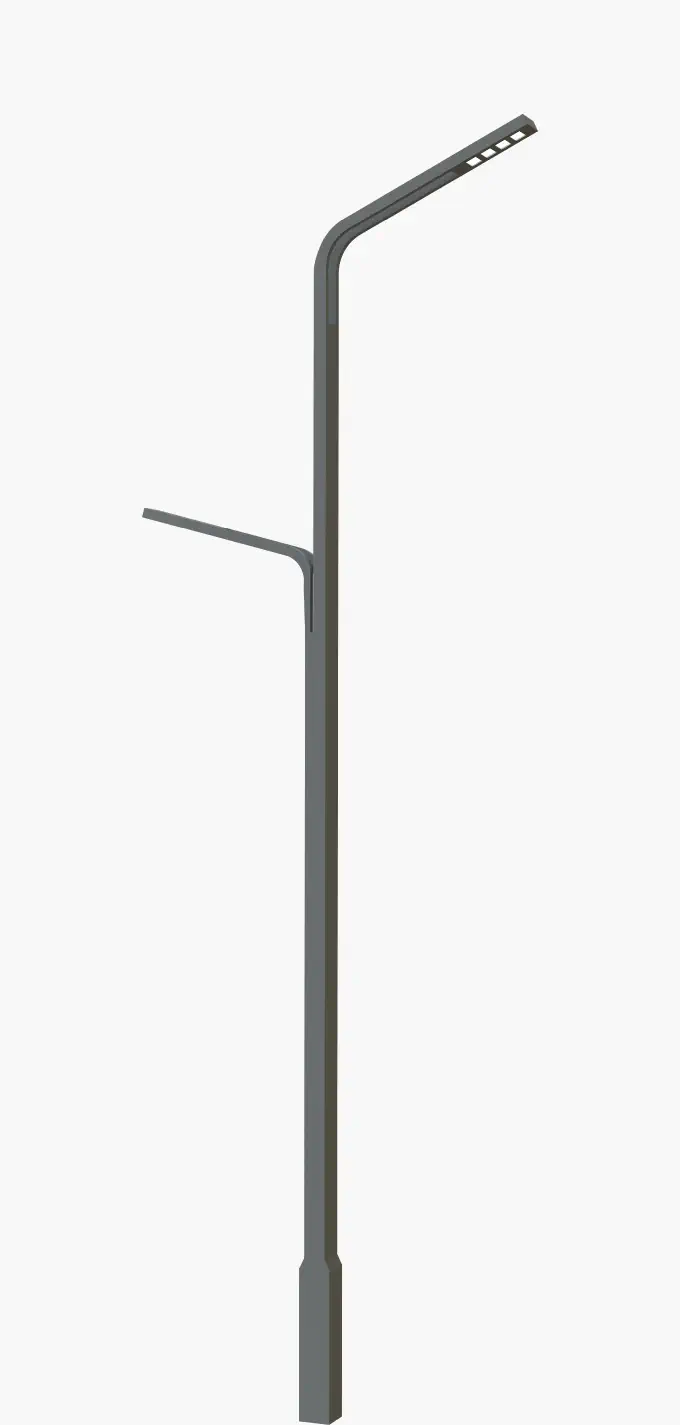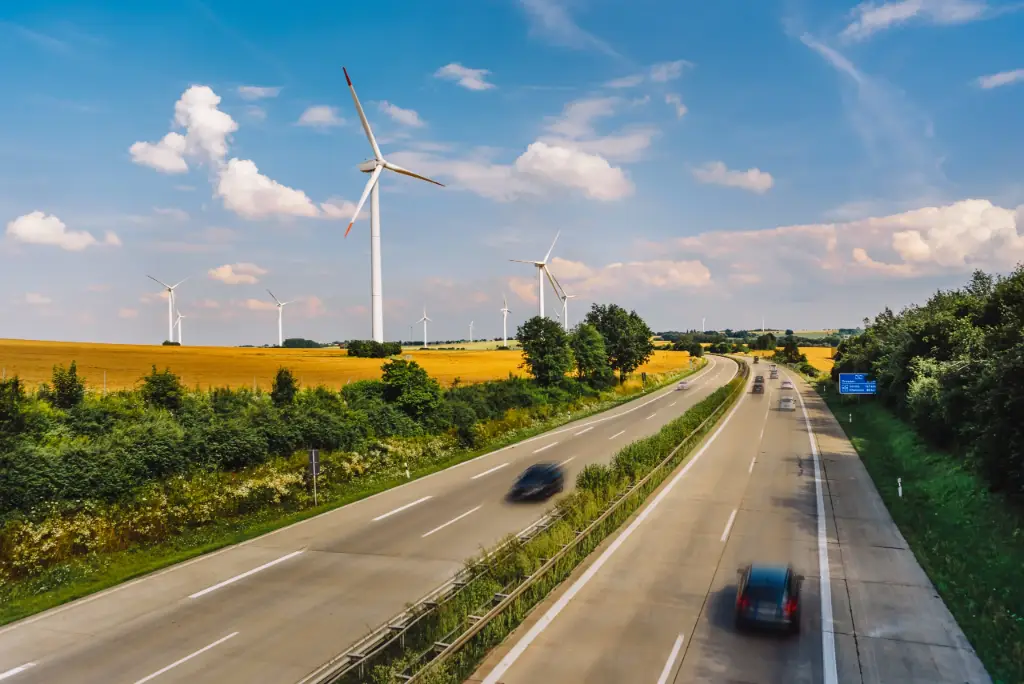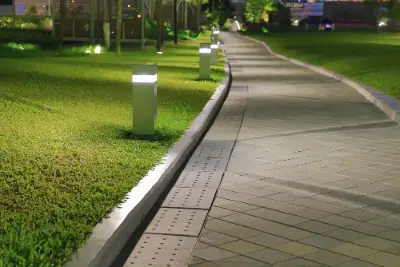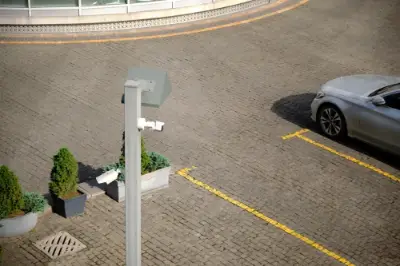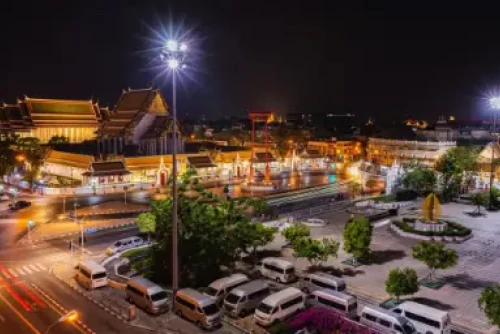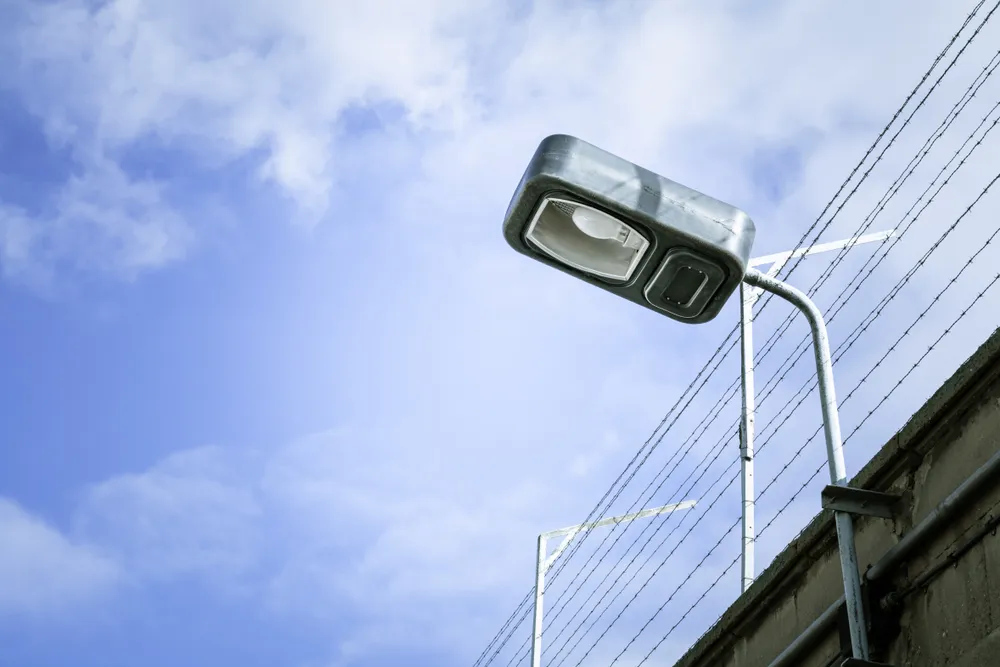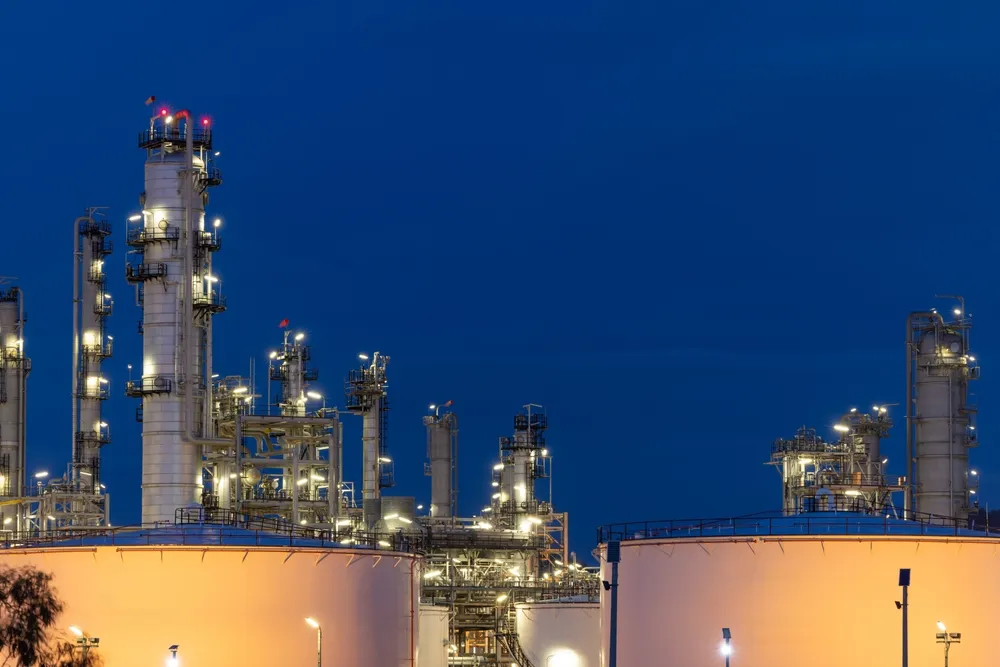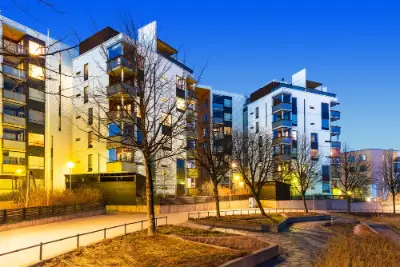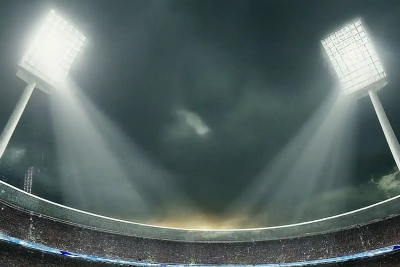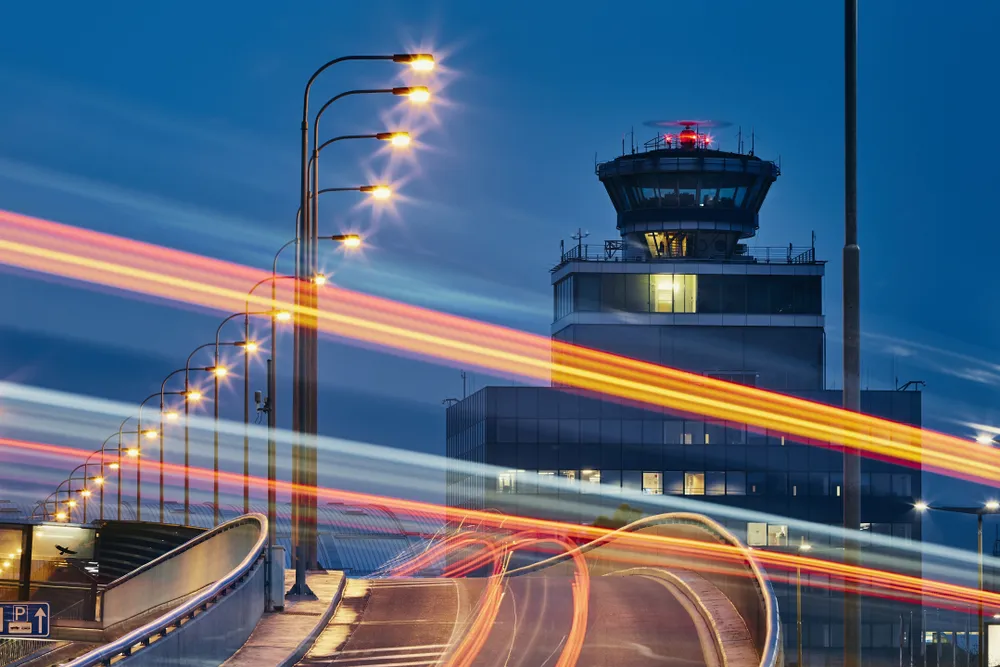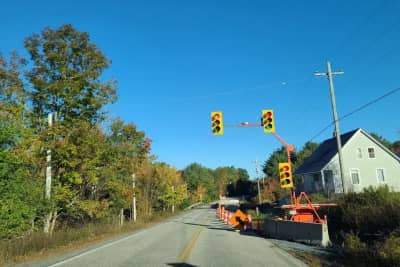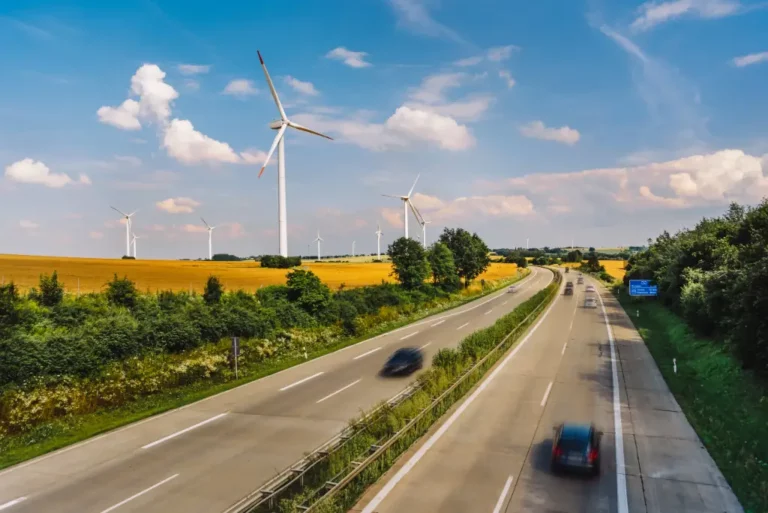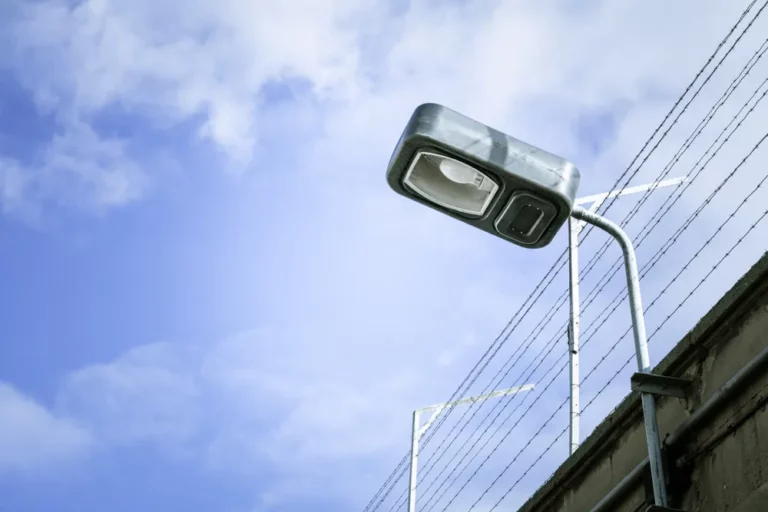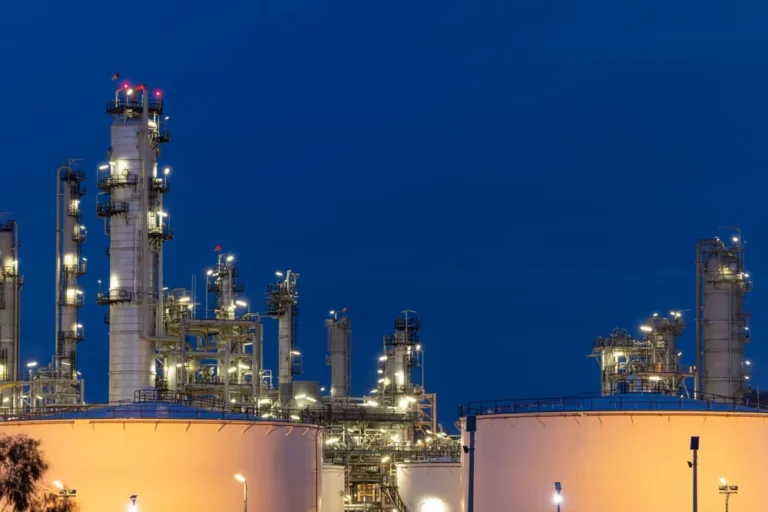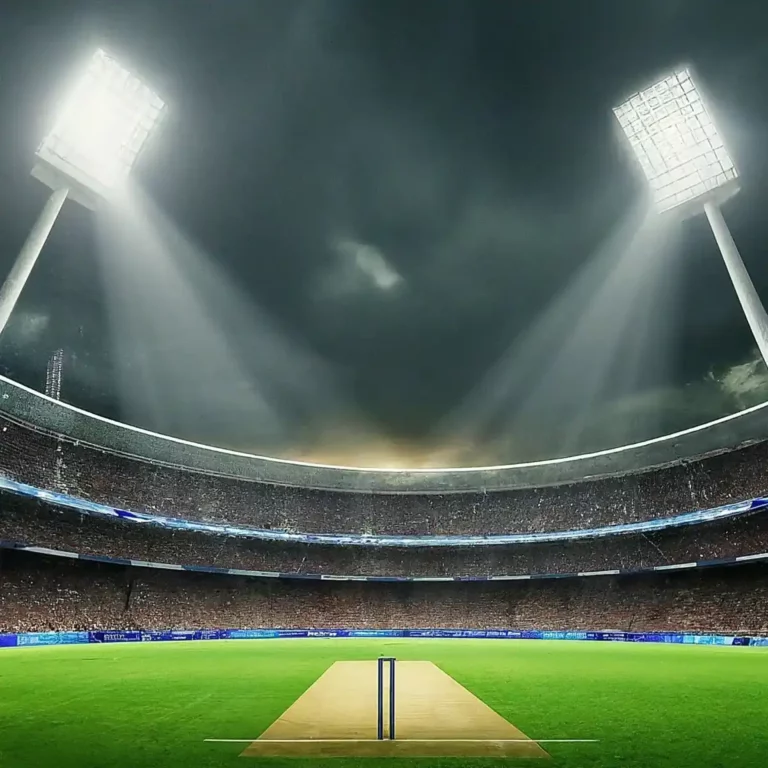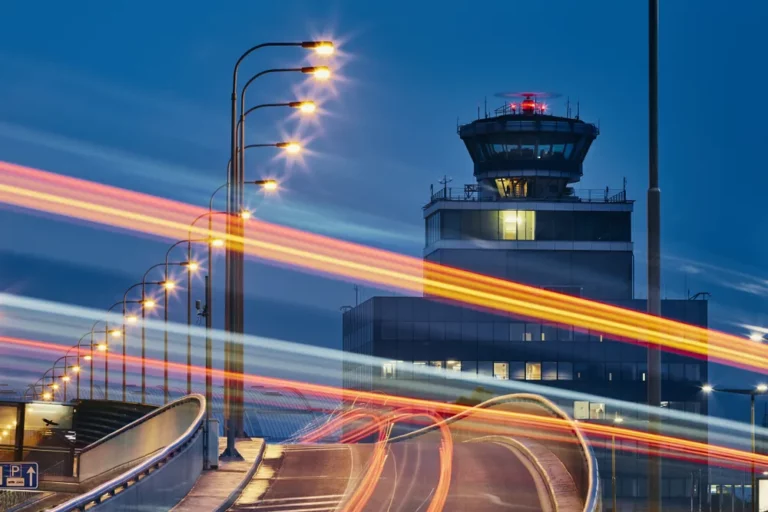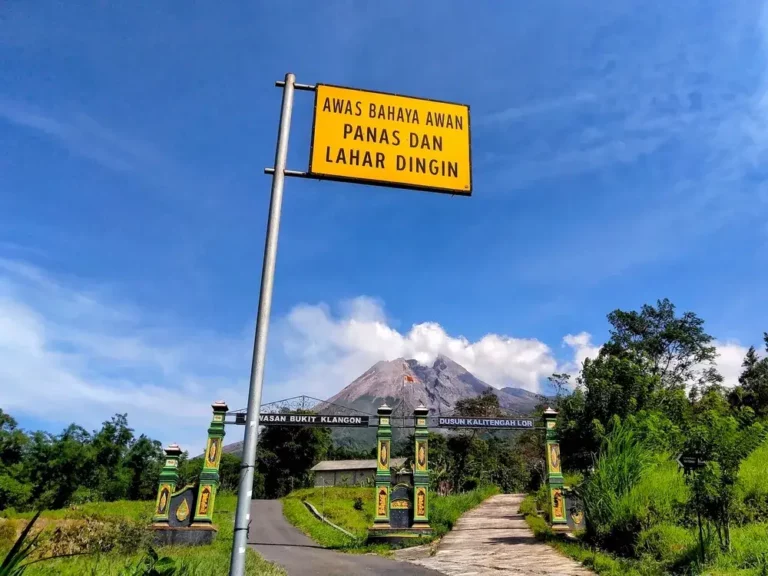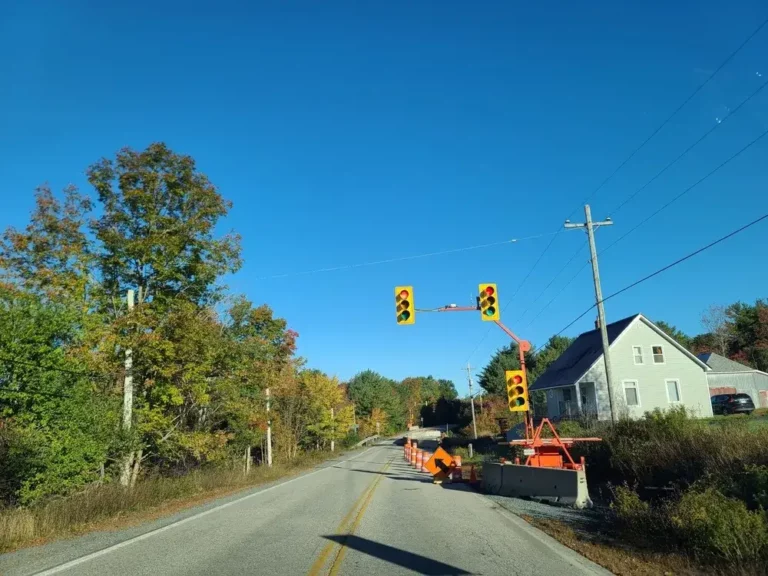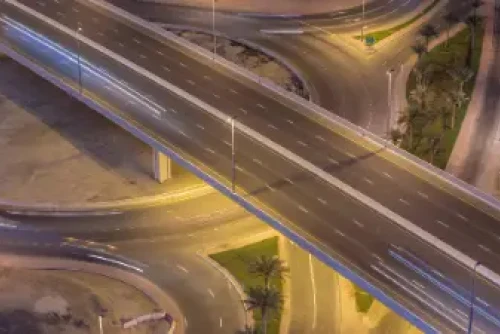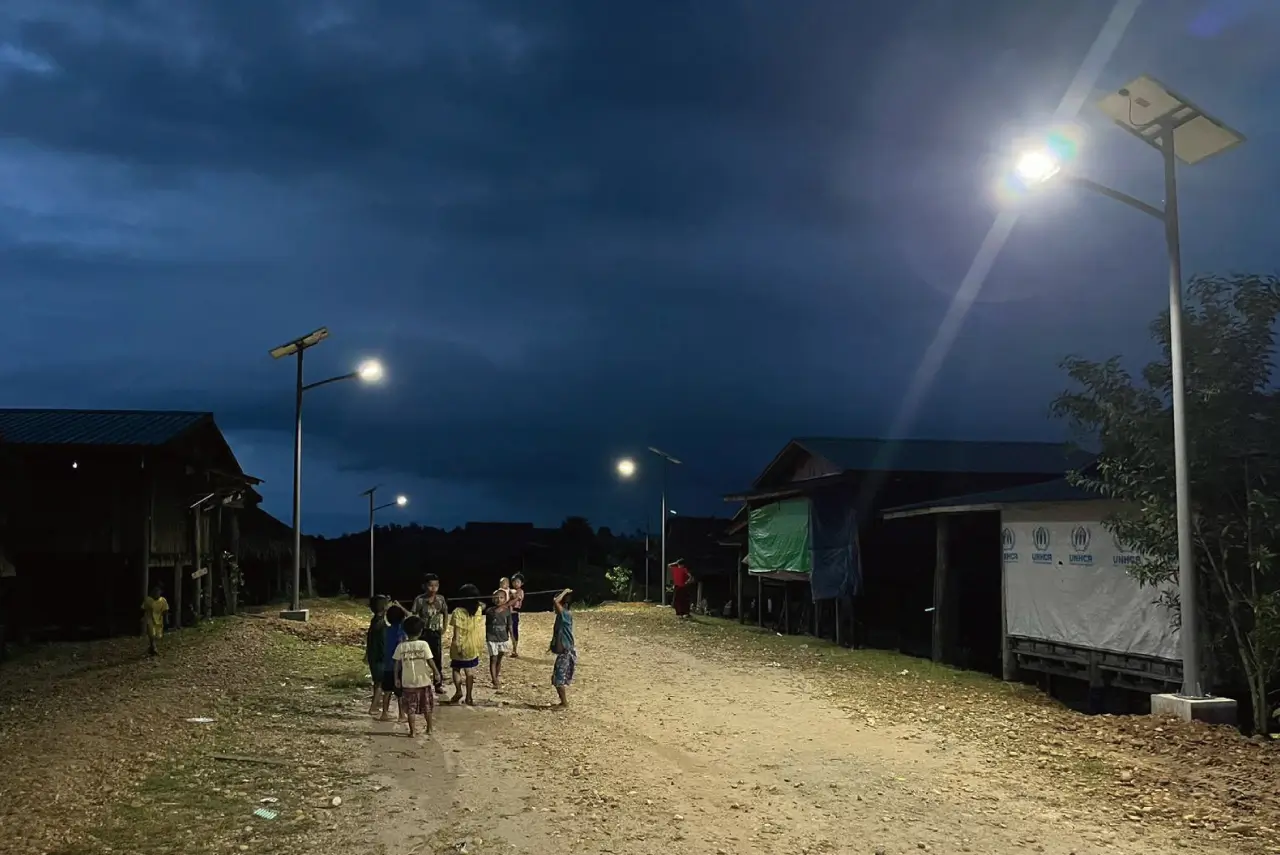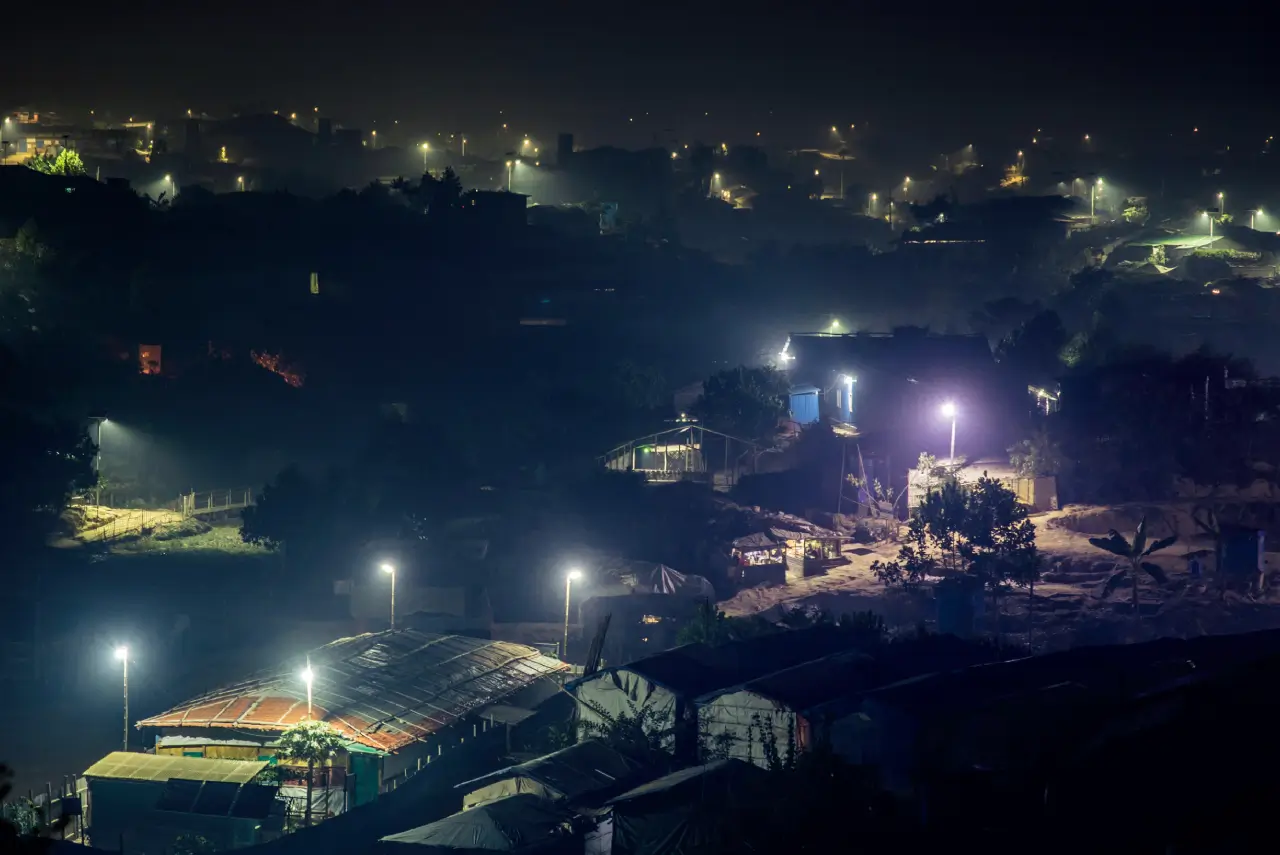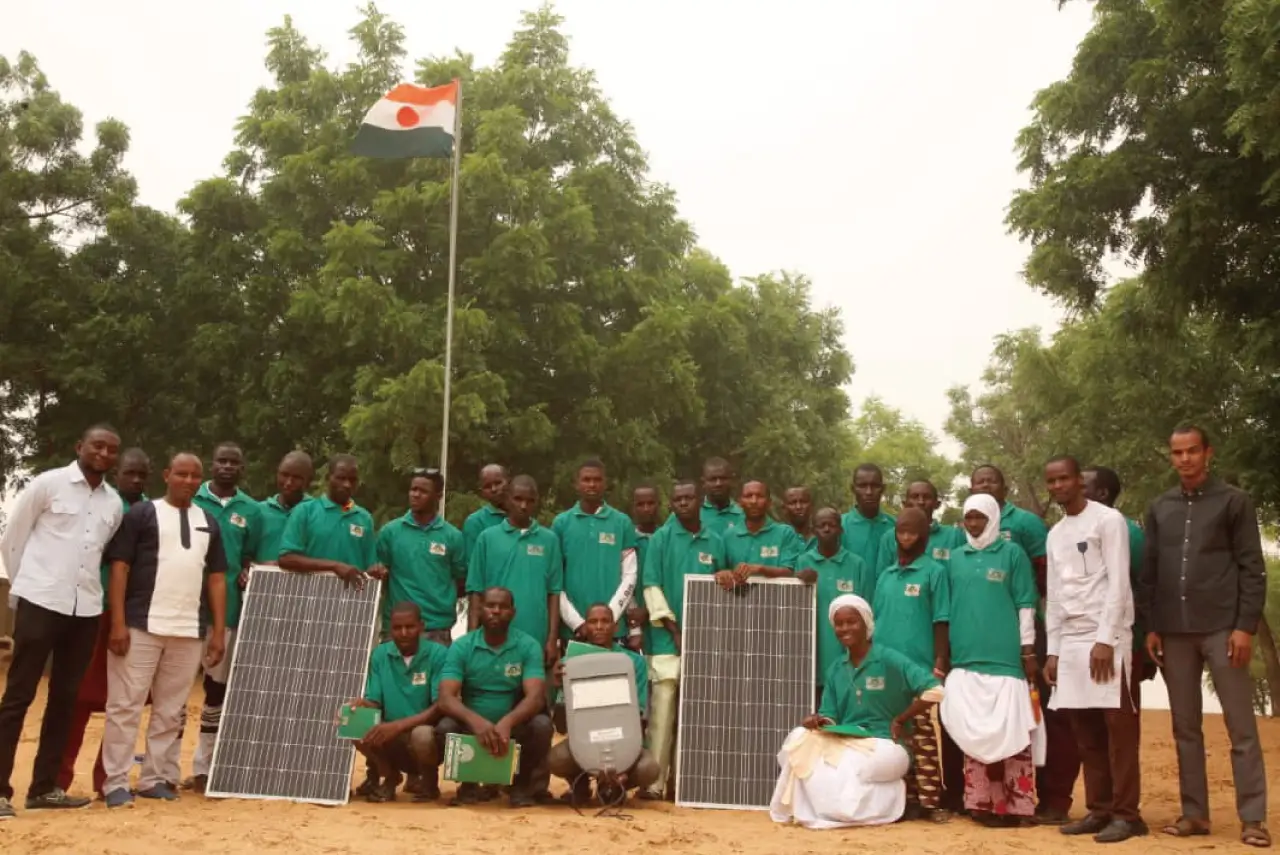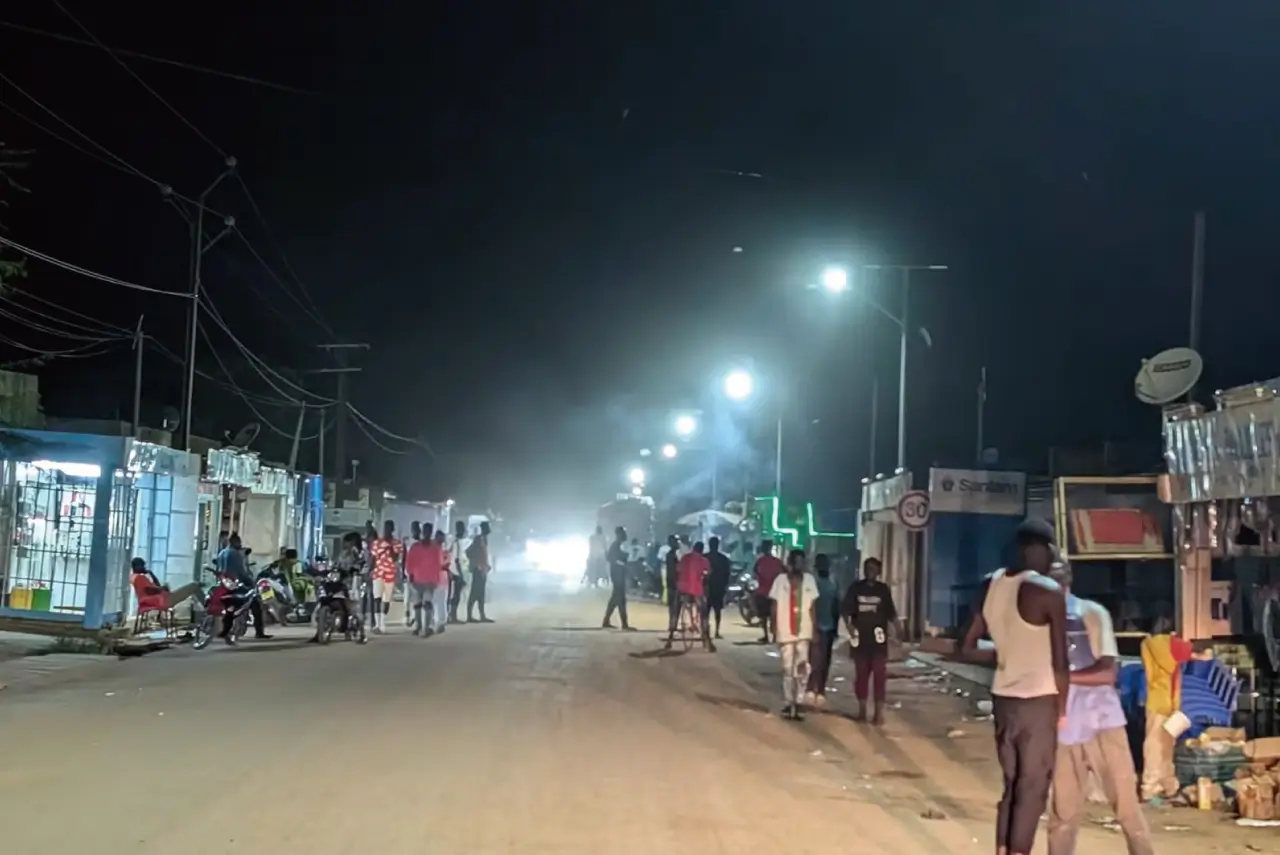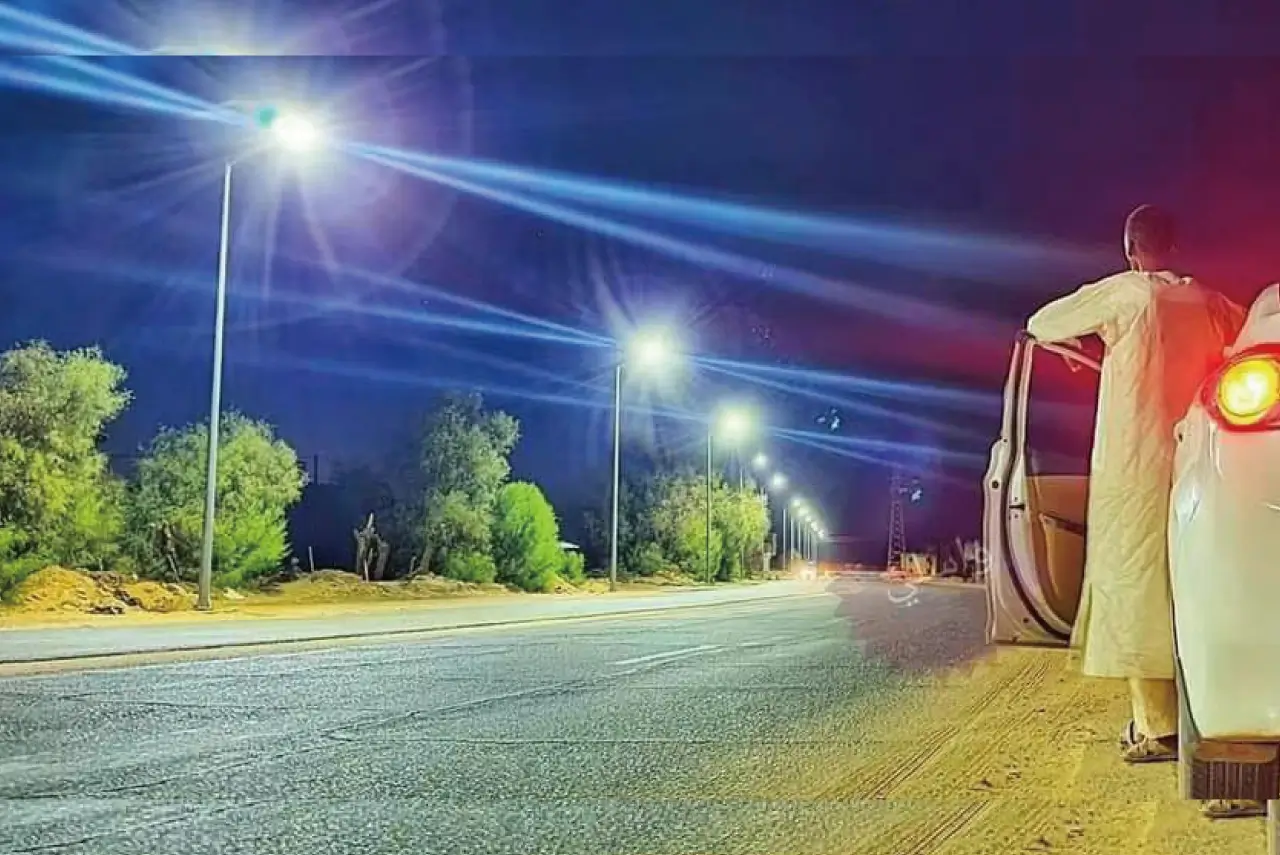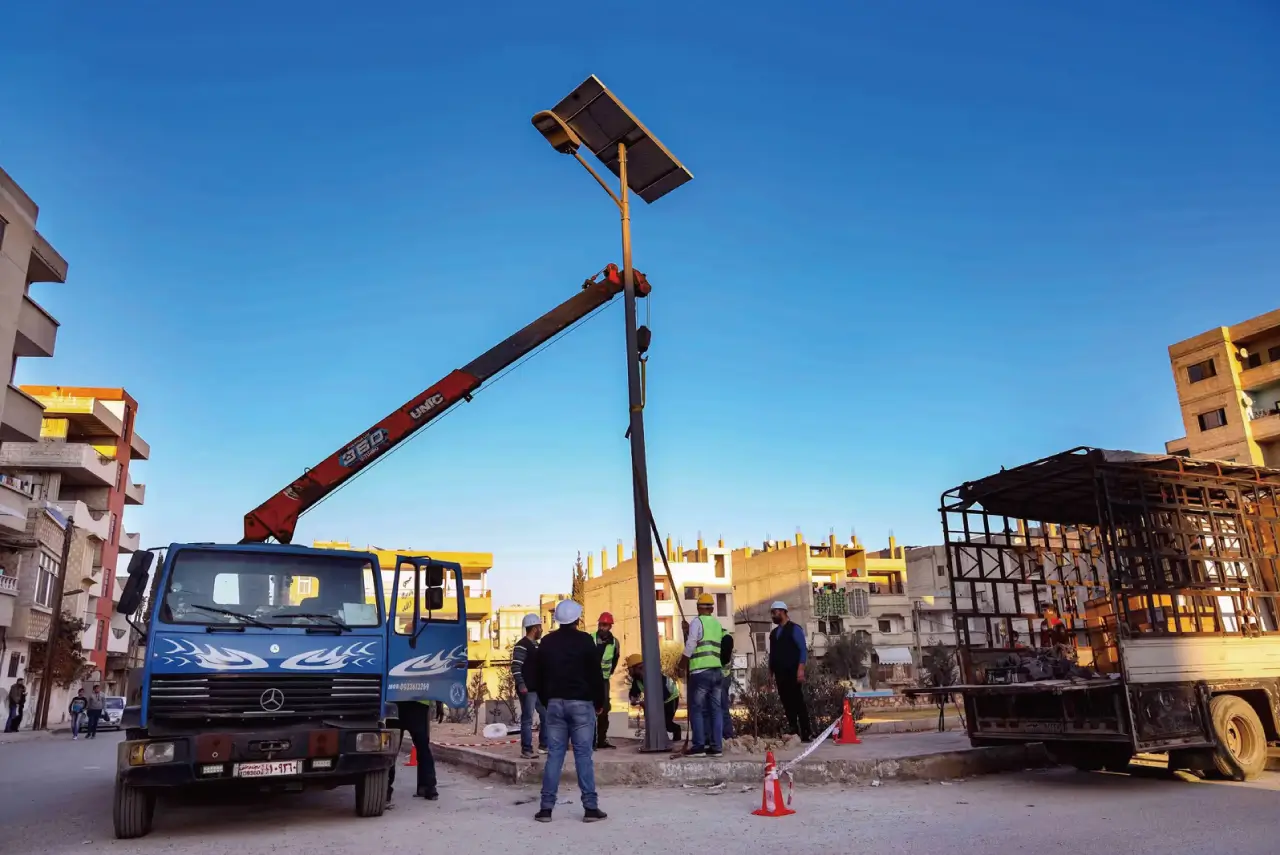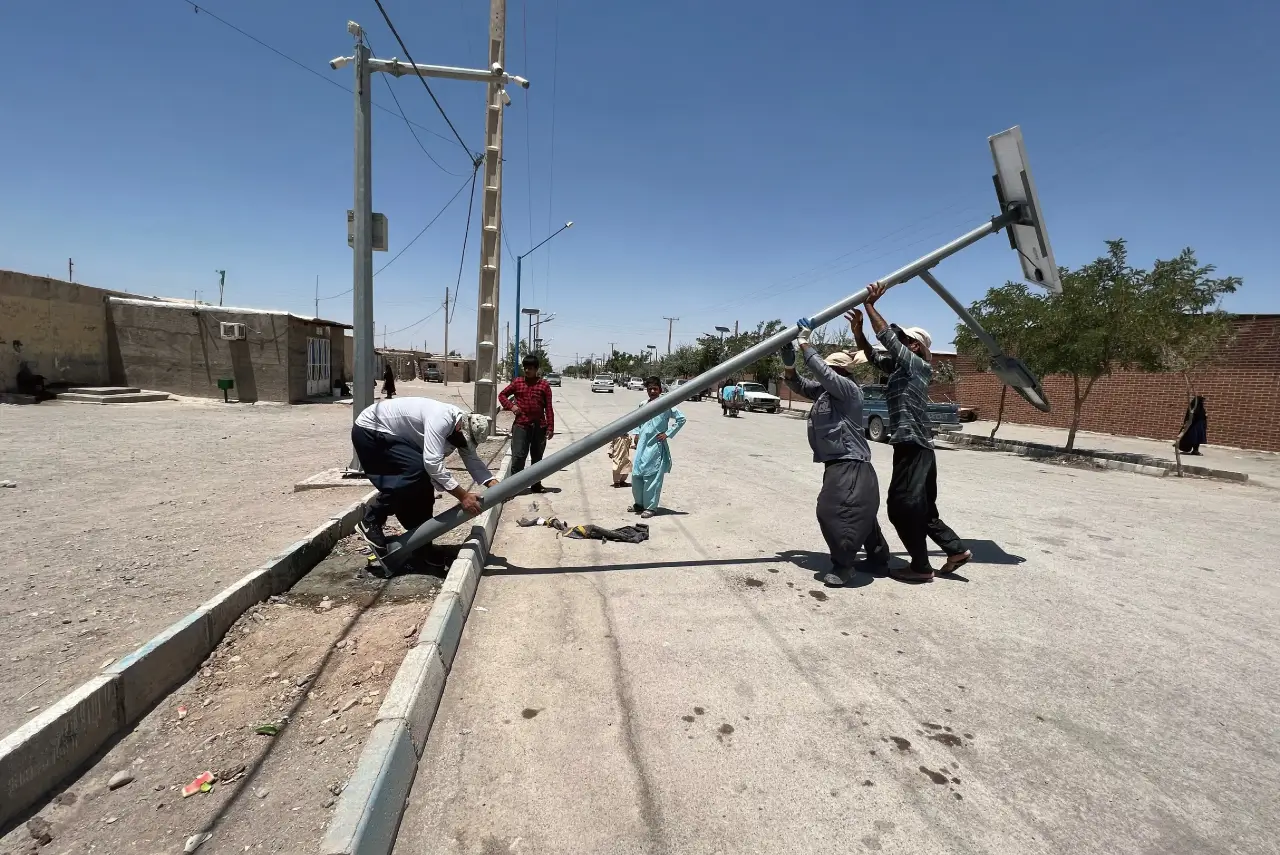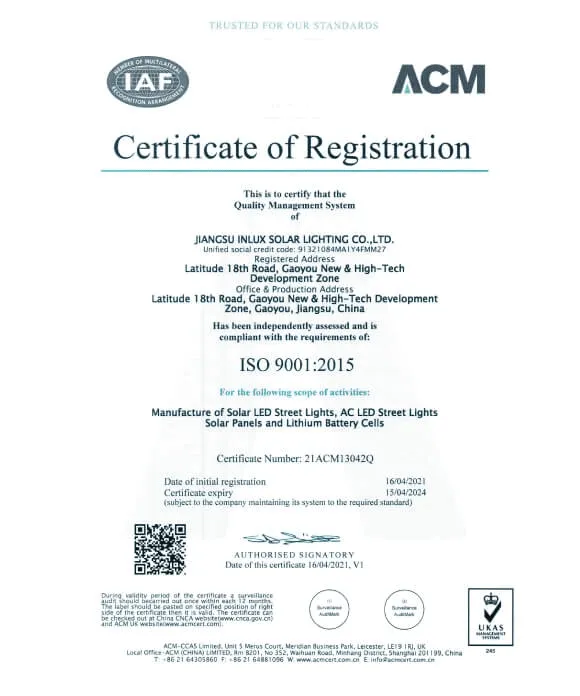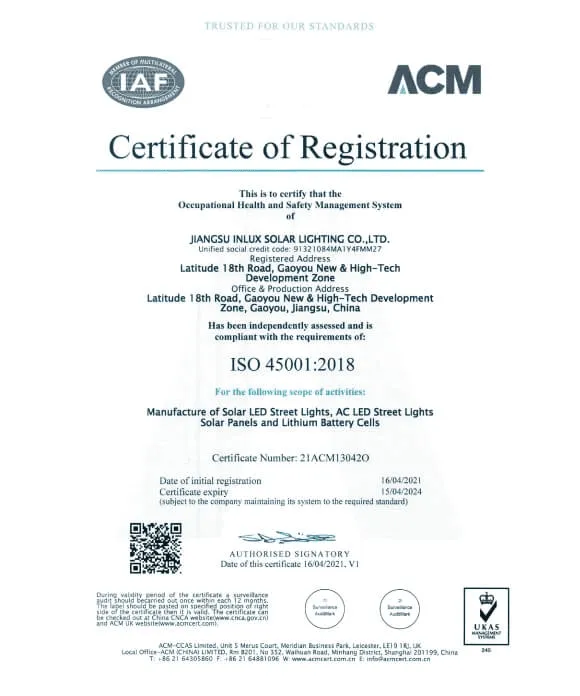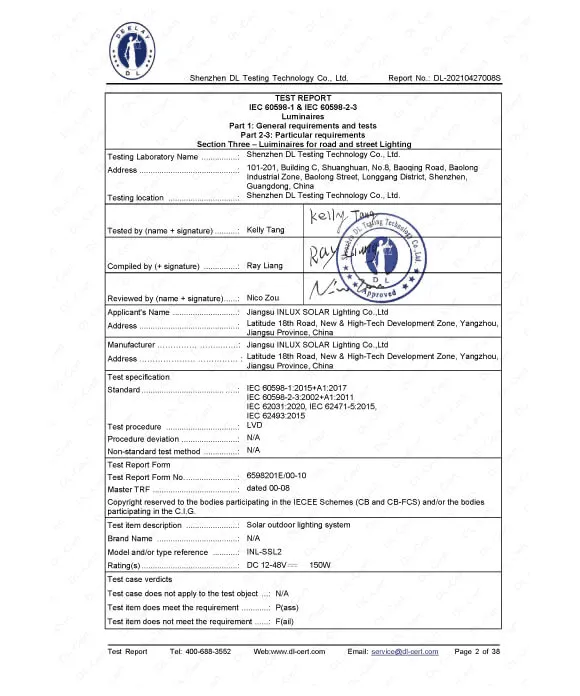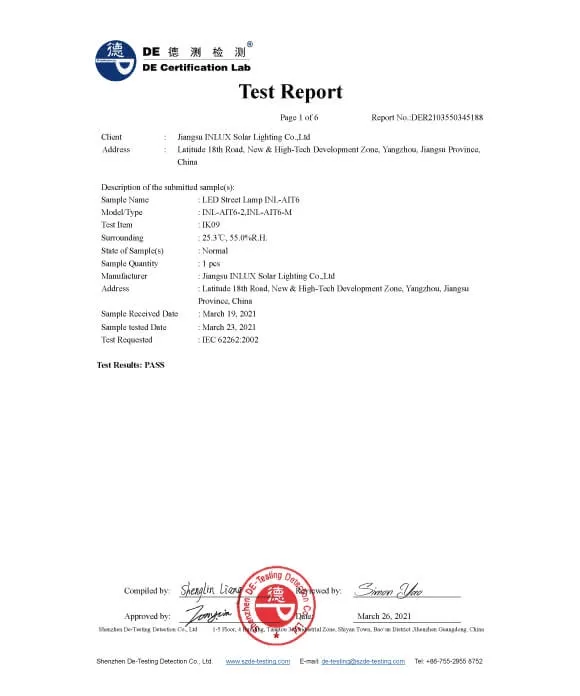Solar Street Light
- Home
- Solar Street Light
The Best Solar Street Light Manufacturer Trusted by the United Nations
With a 28,000m² modern factory, 10 advanced production lines, and a dedicated team of over 250 skilled workers and 30 engineers, we produce all main components for solar outdoor lighting products, such as LED modules, solar panels, lithium batteries, and lighting poles.
We strictly follow ISO9001, ISO14001, and OHSAS18001 standards. Our CE, RoHS, IEC, CB, EMC, and CQC certifications reflect our commitment to the highest quality.
We take pride in illuminating and powering the world with reliable products, excellent service, and continuous innovation.
Our Solar Street Lights Cover All Scenarios
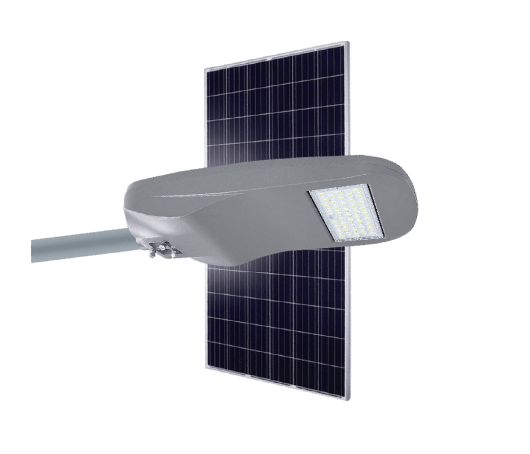
All In Two Solar Street Lights
Inlux Solar’s All-In-Two Solar Street Light is a semi-integrated system with all components, except the solar panel, housed in the fixture. Its independent solar panel design boosts charging efficiency by 15%, ensuring the high-power LED lights stay at full brightness all night.
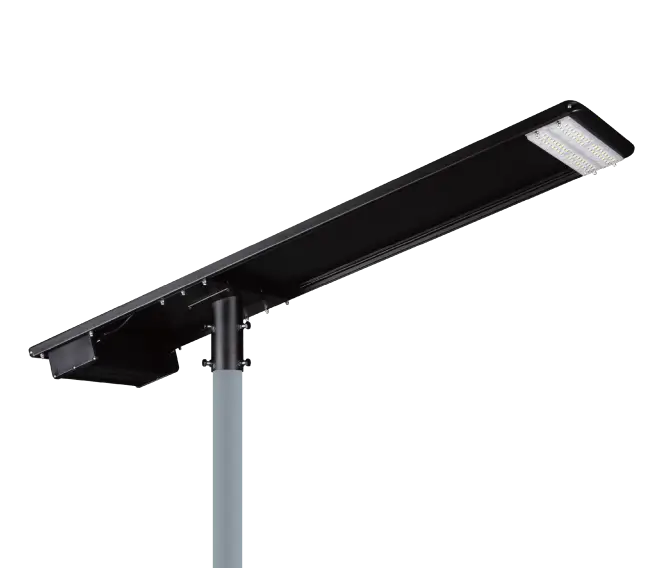
All In One Solar Street Lights
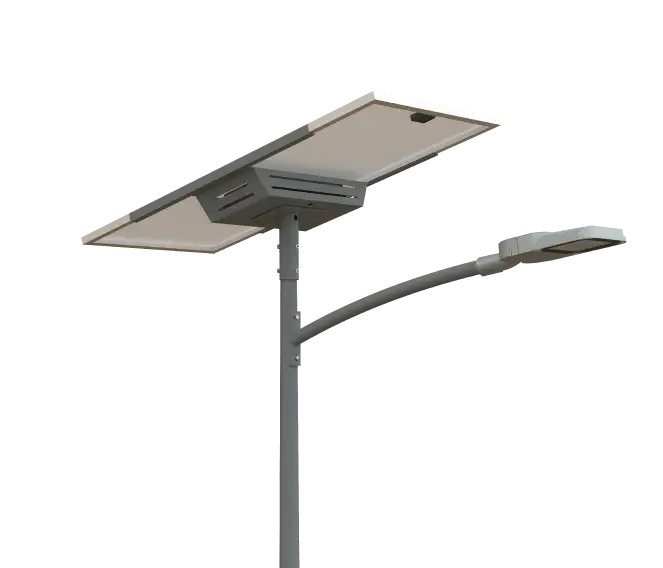
Split Type Solar Street Lights
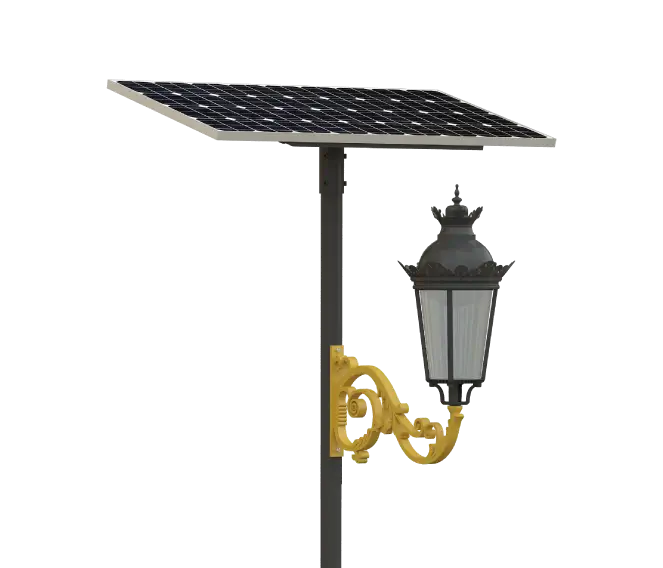
Decorative Solar Street Lights
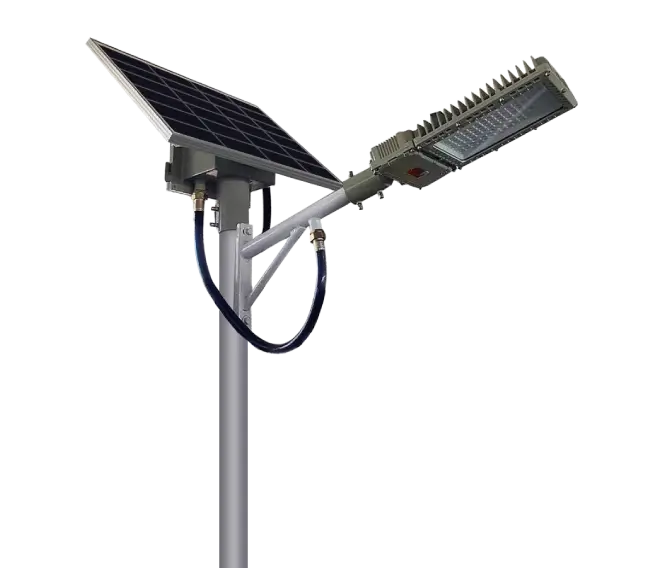
Specific Solar Street Lights
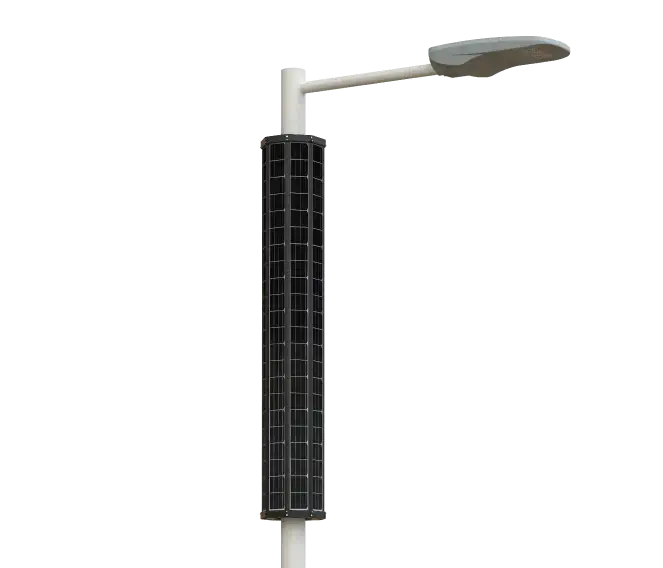
Solar Poles
How INLUX's Solar Street Lights Help
You Win Bids and Secure Projects

Precision-Matched Specifications
Our expert team offers tailored specifications for your bid, ensuring feasibility and cost-effectiveness, with detailed reports on wind resistance, performance in adverse weather, and simulation data.
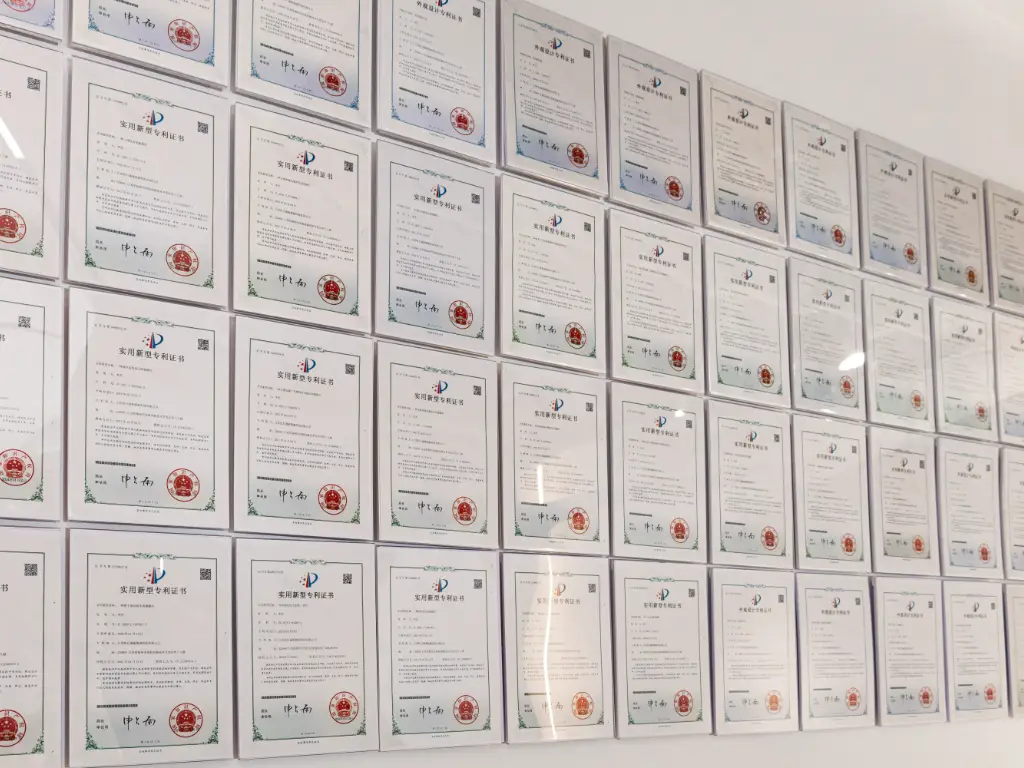
All Required Certifications
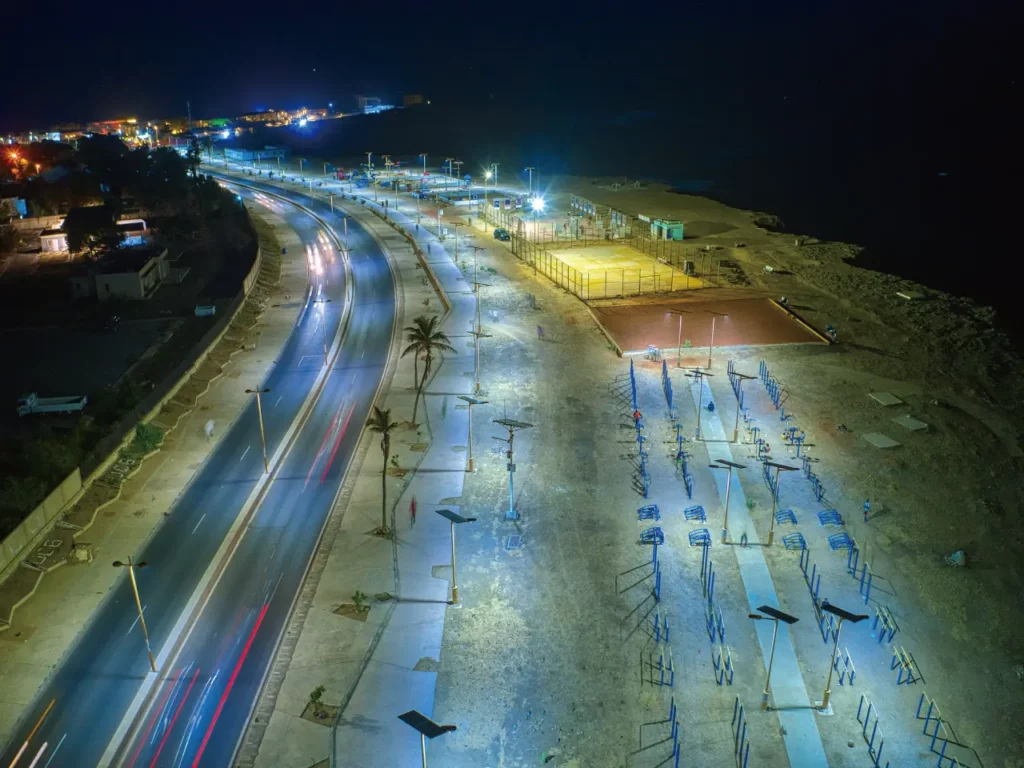
Rich Project Experience
With 15 years of experience and 1,000+ projects for the UN, NGOs, and municipalities, including in the UAE, Jordan, and Mexico, we are ready to partner on your next solar lighting and energy storage project.
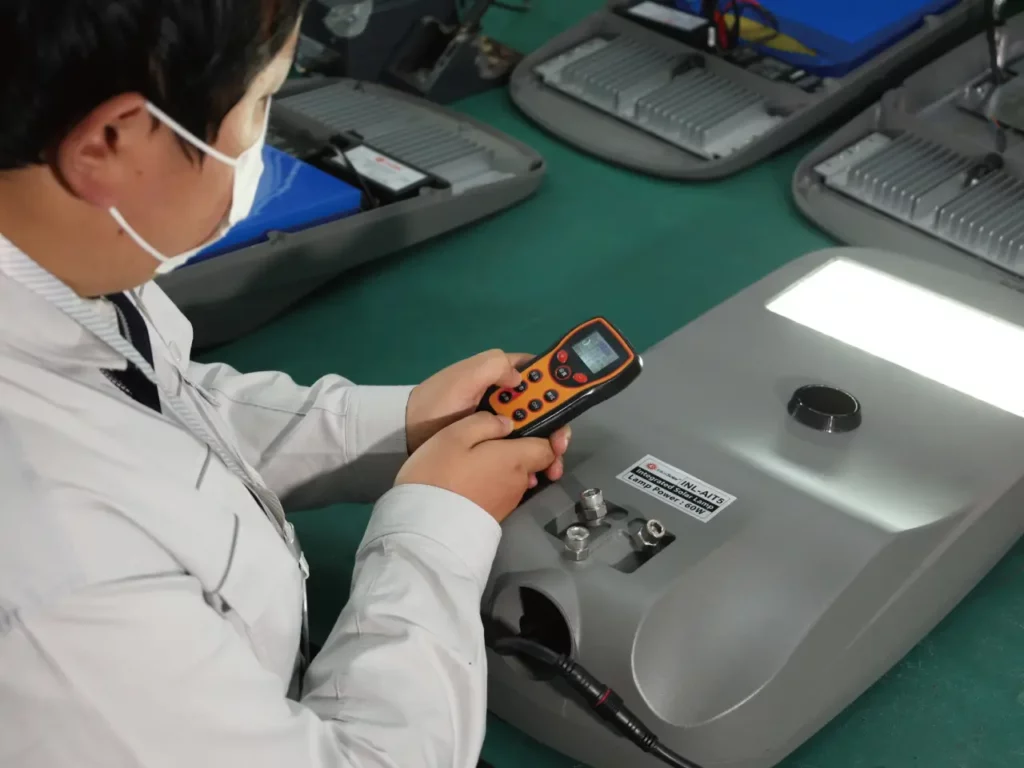
Premiun Quality with Competitive Price
Our top-quality solar street lights, made in our advanced facility, offer exceptional quality, competitive pricing, and 10+ years of lifespan, reducing long-term costs and maximizing your investment.

Utilizing Advanced IoT Technology

Highly Customized Support

Why Inlux Solar?
13 Years of Global Market Experience
Inlux Solar specializes in solar street lights and energy power systems. We understand global standards and offer tailored solutions, making us a trusted supplier for UN and municipal projects.
High Quality R&D Team
We invest 5% of sales in R&D, with a 15-year experienced team focused on trends and new technologies. Annually, we develop 3 innovative products and hold over 60 patents with 300+ product testing reports.
Own Production with Rigorous Standards
We manufacture key components in-house, following strict management practices from materials to shipment. This ensures our products meet industry standards and allows us to deliver orders in as little as 15 days.
5-Year Warranty with Near-Zero Failure Rate
We offer a 3 to 5-year warranty with component replacement support. Our lithium batteries are built to last 10+ years, minimizing long-term maintenance costs.

Proven Success in Major Projects
1000+ Projects in Over 100 Countries




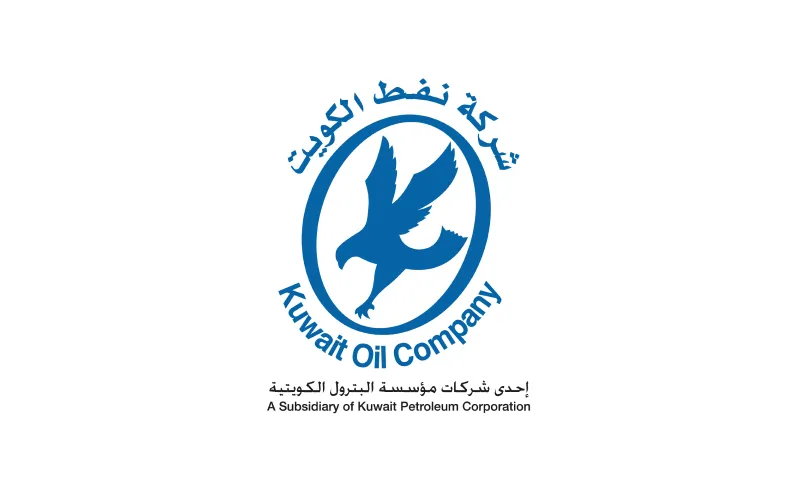


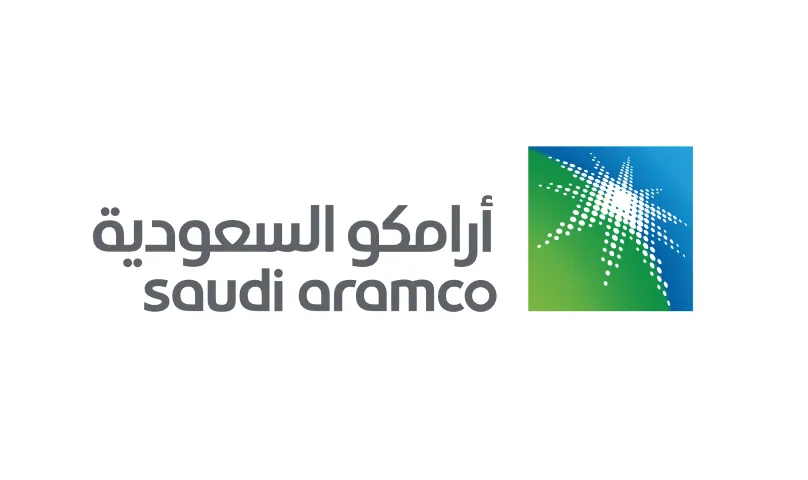
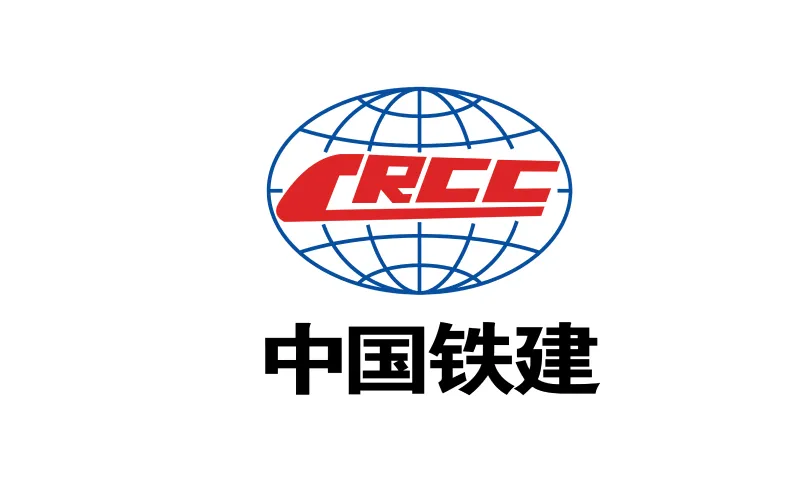



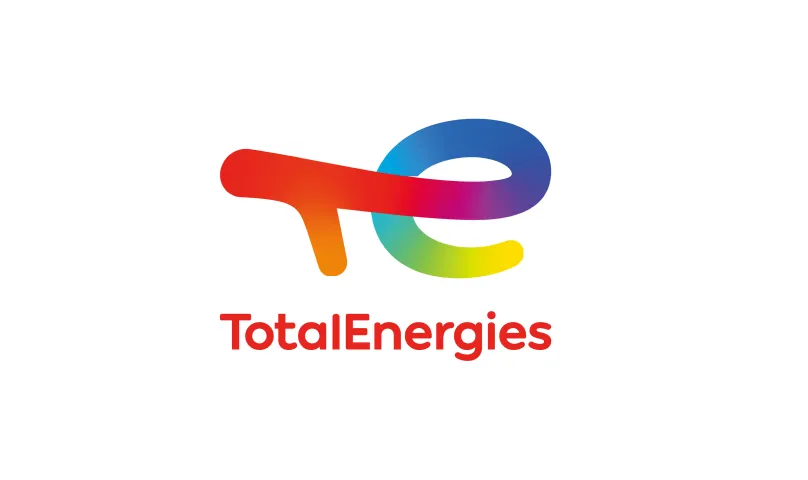
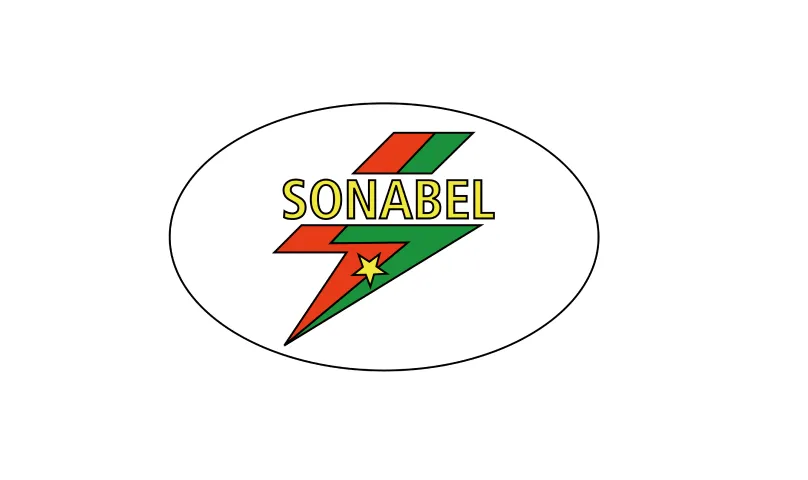


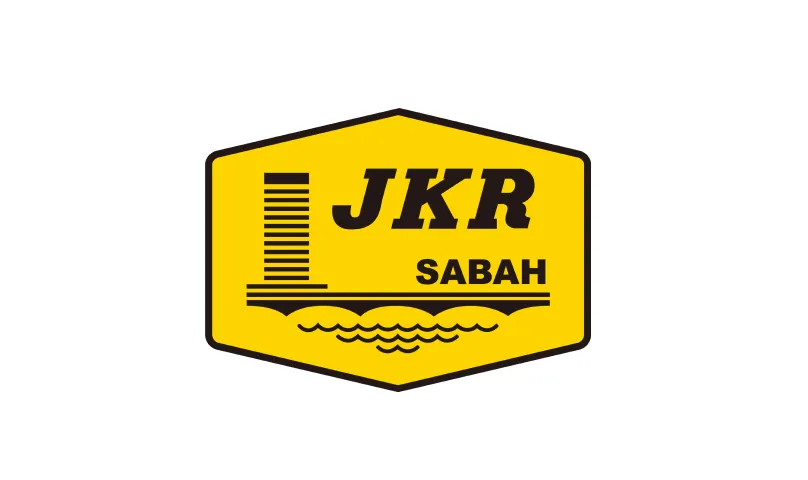
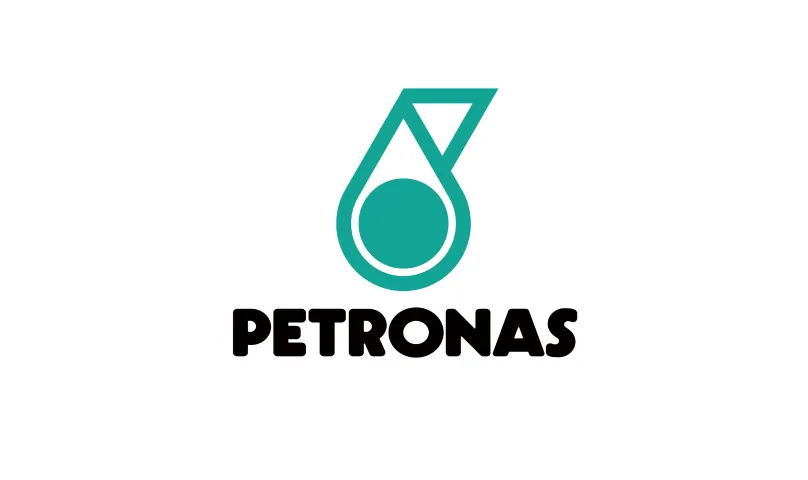

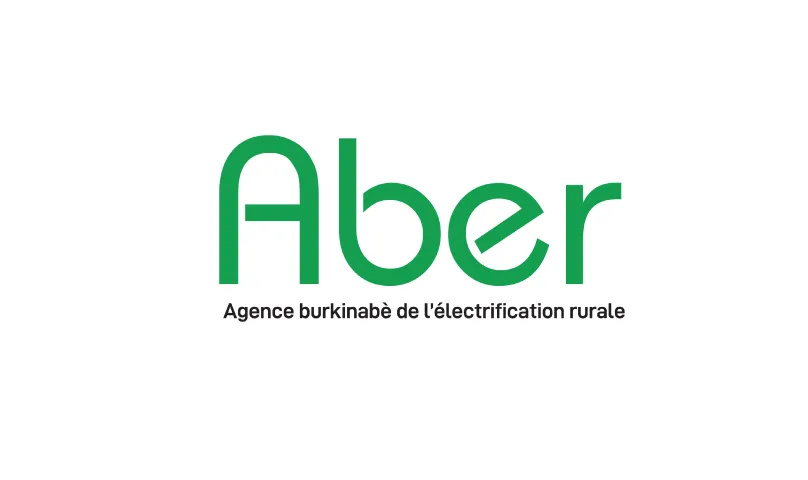
Our Solar Street Lighting Success Stories
60+ Patent Certificates & 300+ Product Certifications
Quality Assured with Trusted Certifications
Innovative Solar Lighting Solutions for Diverse Applications
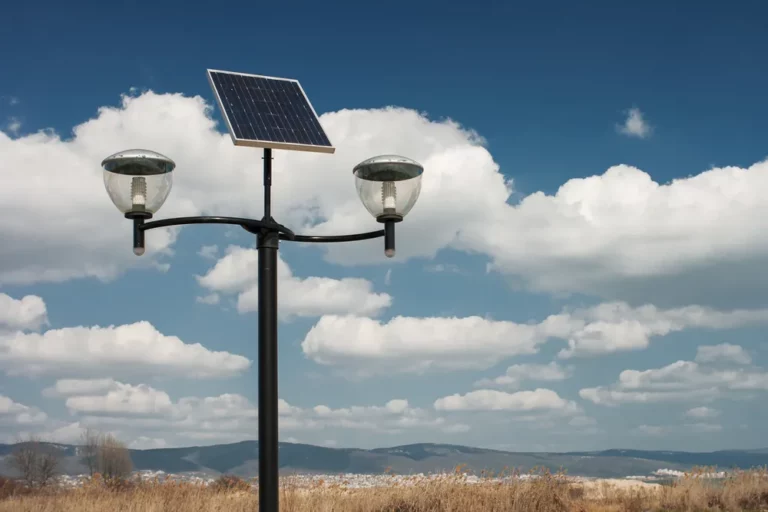
Road and Street lighting
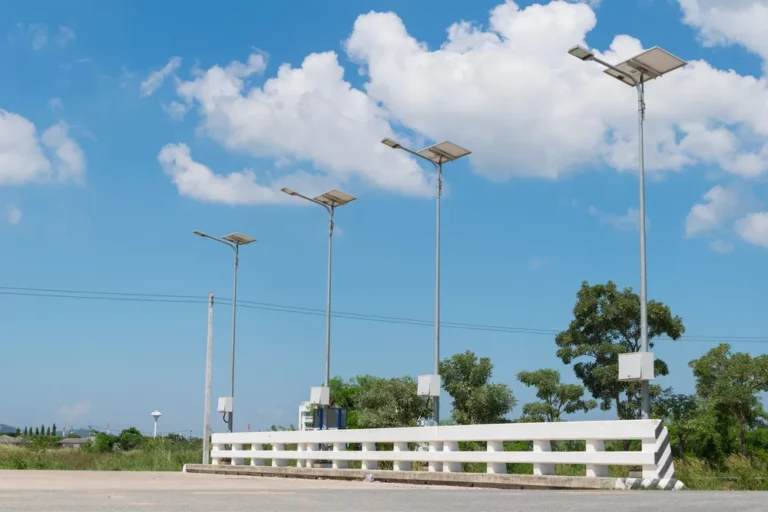
Pathway Lighting
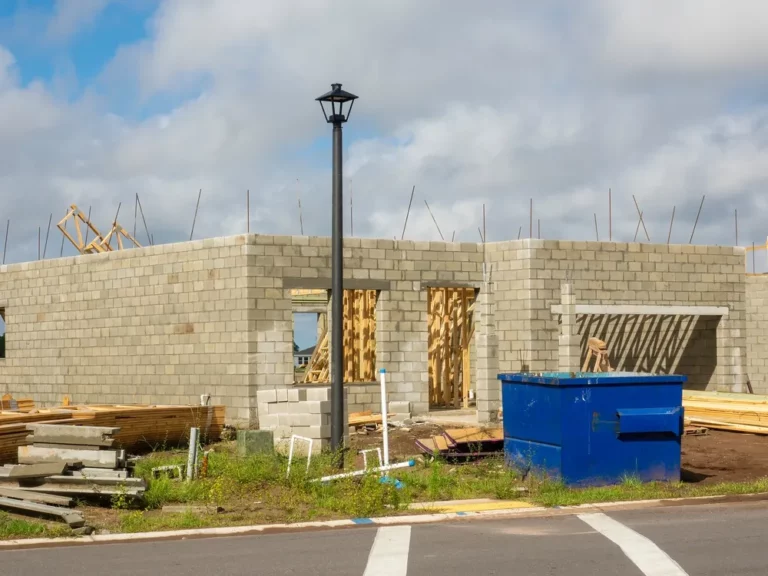
Industrial Zone & Factory Lighting
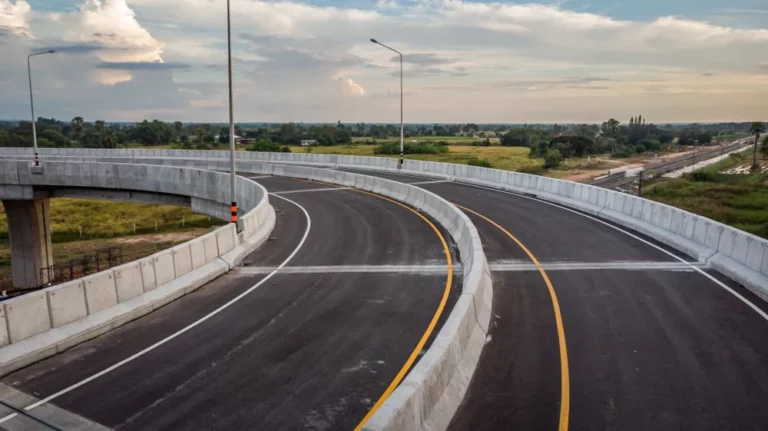
Highway Lighting
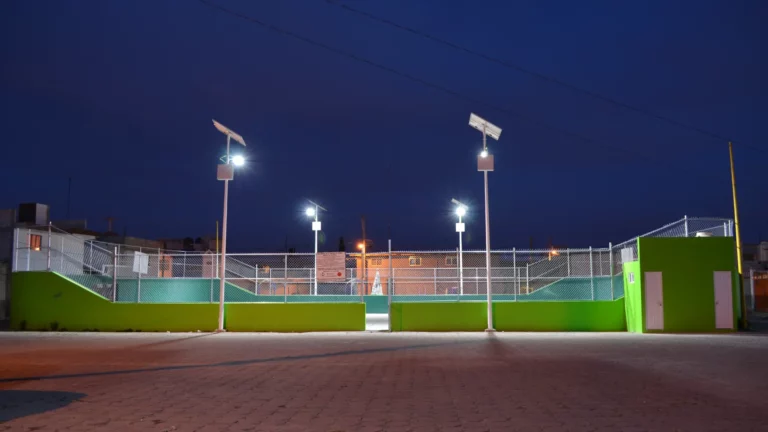
Residential Community Lighting
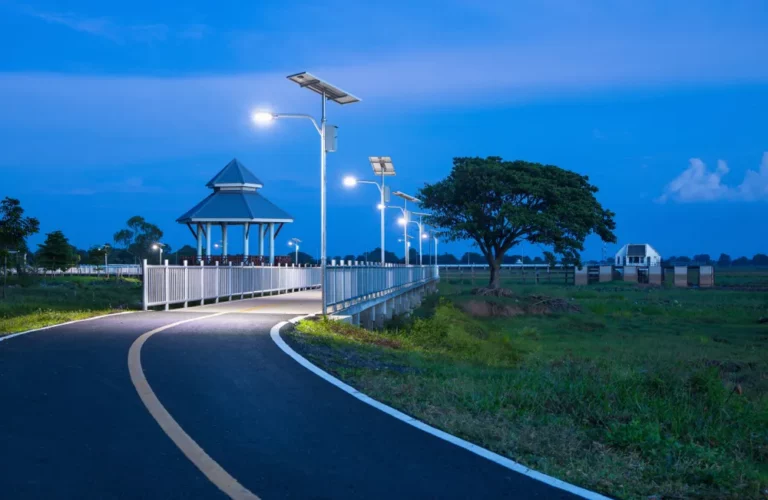
Park & Recreation Lighting
Lighting the Way: Solar Street Light Video Insights
Do You Have Any Other Questions?
If the solar street light does not light up, first check whether the solar panel is blocked and clean the dust and dirt on the surface of the panel; secondly check whether the battery is charged and replace the damaged battery; finally check whether the controller is working properly and replace the damaged controller.
Check whether the power of the solar panel is sufficient, and replace it with a panel with a higher power; check whether the light efficiency of the lamp is high enough, and replace it with a lamp with a higher light efficiency; check whether the capacity of the battery is sufficient, and replace it with a battery with a larger capacity.
Different configurations will naturally result in different amounts of electricity and lighting duration. The configuration of solar street lights is generally determined by the local environment. Normally, when choosing solar street lights, the parameters of the solar street lights will be configured according to the actual local conditions.
Yes, solar street lights need regular maintenance, including cleaning solar panels, checking battery status, checking controller functions, etc., to ensure the normal operation of the street lights and extend their service life.
Solar street lights absorb sunlight during the day through solar panels, convert it into electricity and store it in batteries. At night, the controller automatically turns on the LED lamps according to changes in ambient light and uses the stored electricity to provide lighting.
Solar street lights are mainly composed of solar panels, LED light sources, batteries, controllers and light poles. Solar panels are responsible for collecting sunlight, batteries store electricity, and controllers manage the charging and discharging process.
The color temperature of solar street lights is usually selected between 4000K and 6000K to provide bright and natural light, suitable for night activities. The color rendering index (CRI) should be higher than 80 to ensure the true restoration of object colors and improve visual comfort.
The maintenance of solar street lights is relatively simple, and it is usually recommended to check them every 6 months, including cleaning the solar panels, checking the battery status and the working condition of the lamps.
Solar street lights can still work on cloudy or rainy days, but the lighting time and brightness may be affected. Well-designed systems can usually provide basic lighting in continuous rainy weather.
High-quality solar street lights usually have a service life of 5 to 10 years, depending on product quality and maintenance. The life of solar panels is generally 25 to 30 years, but their efficiency may gradually decrease.

